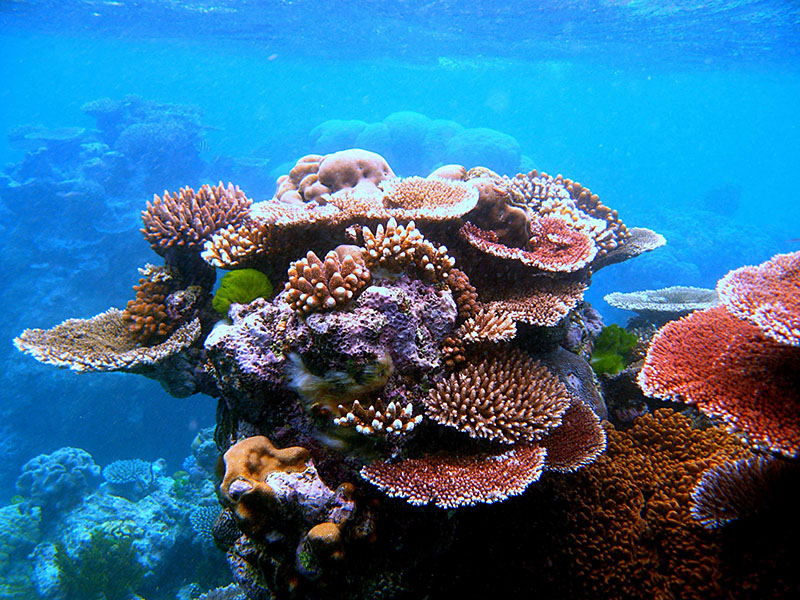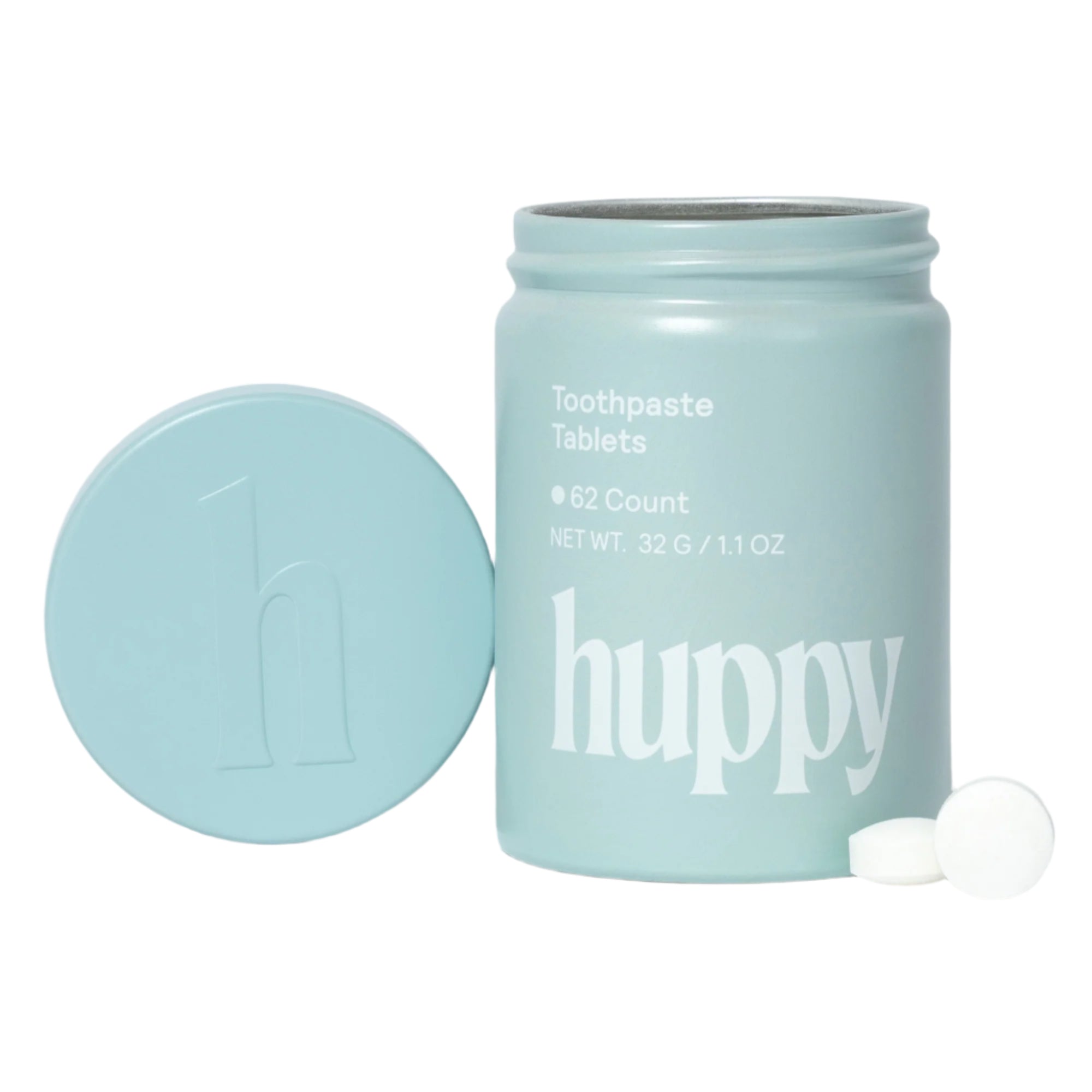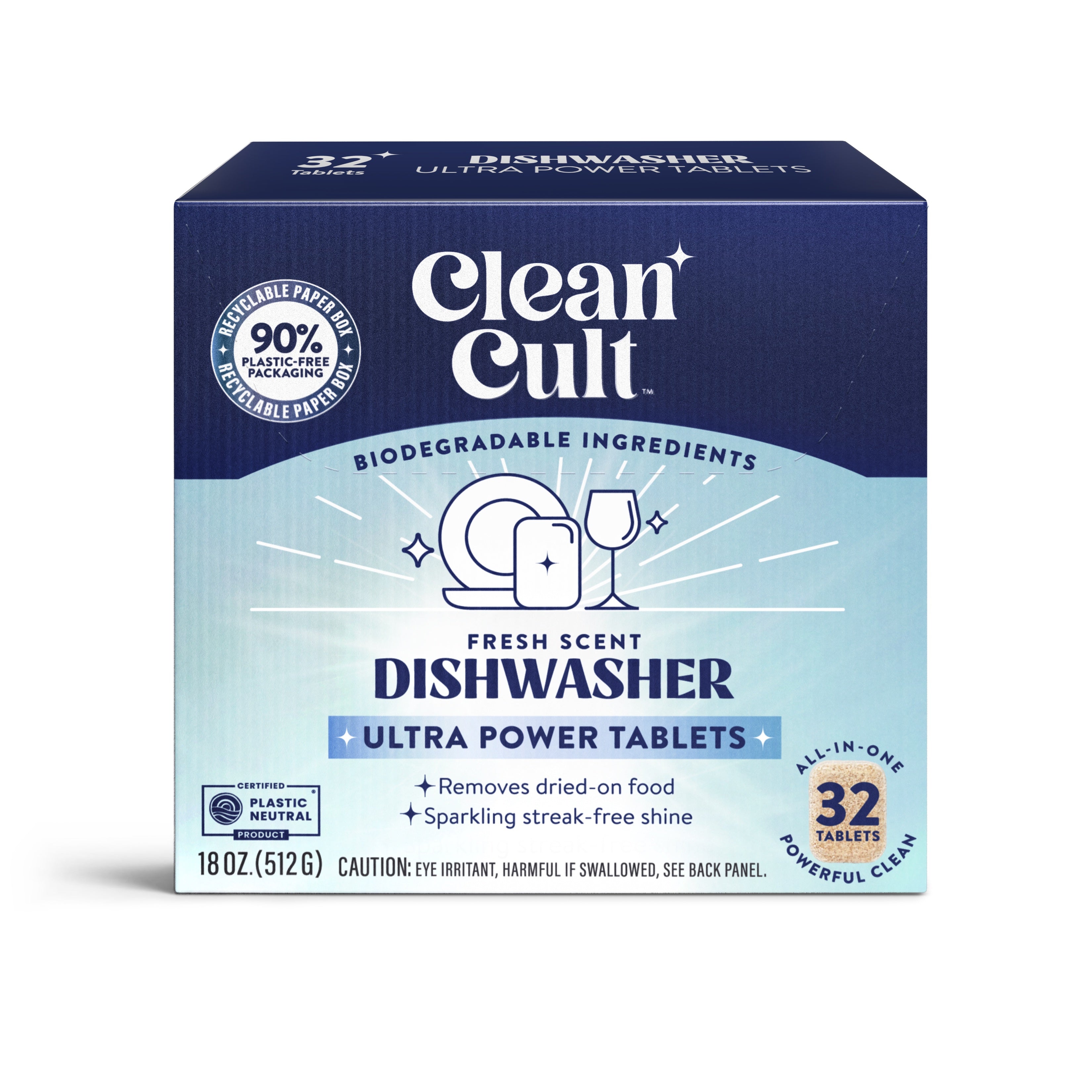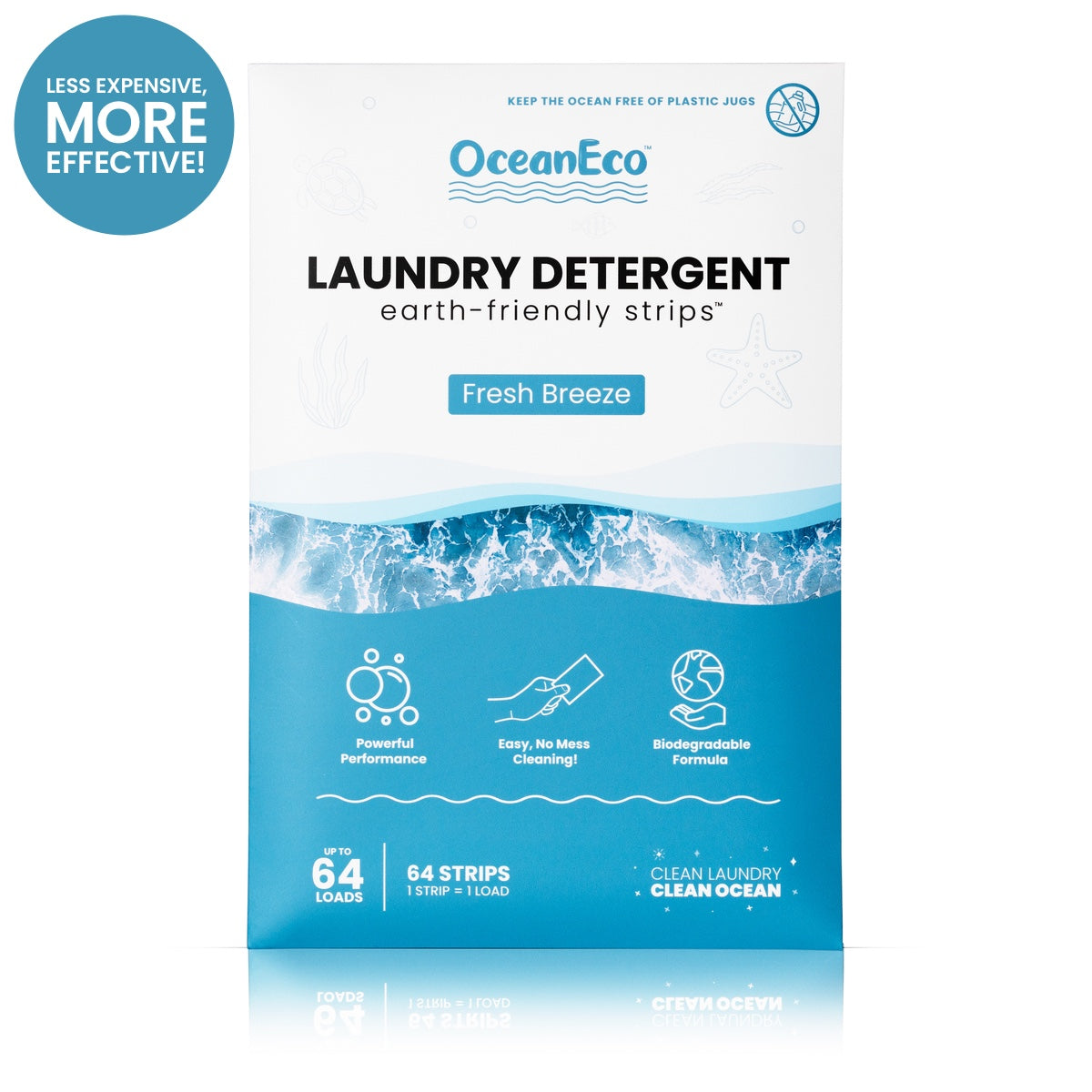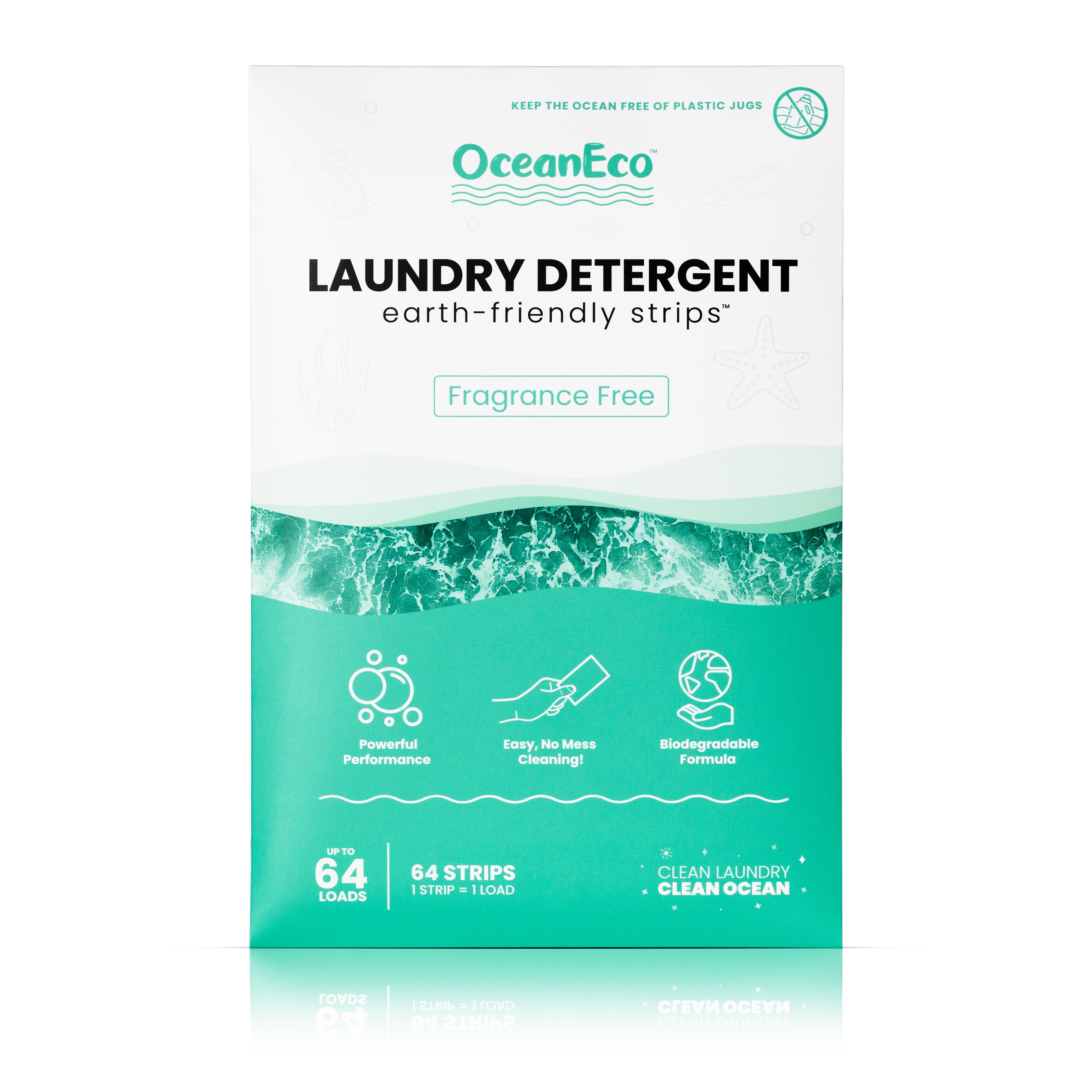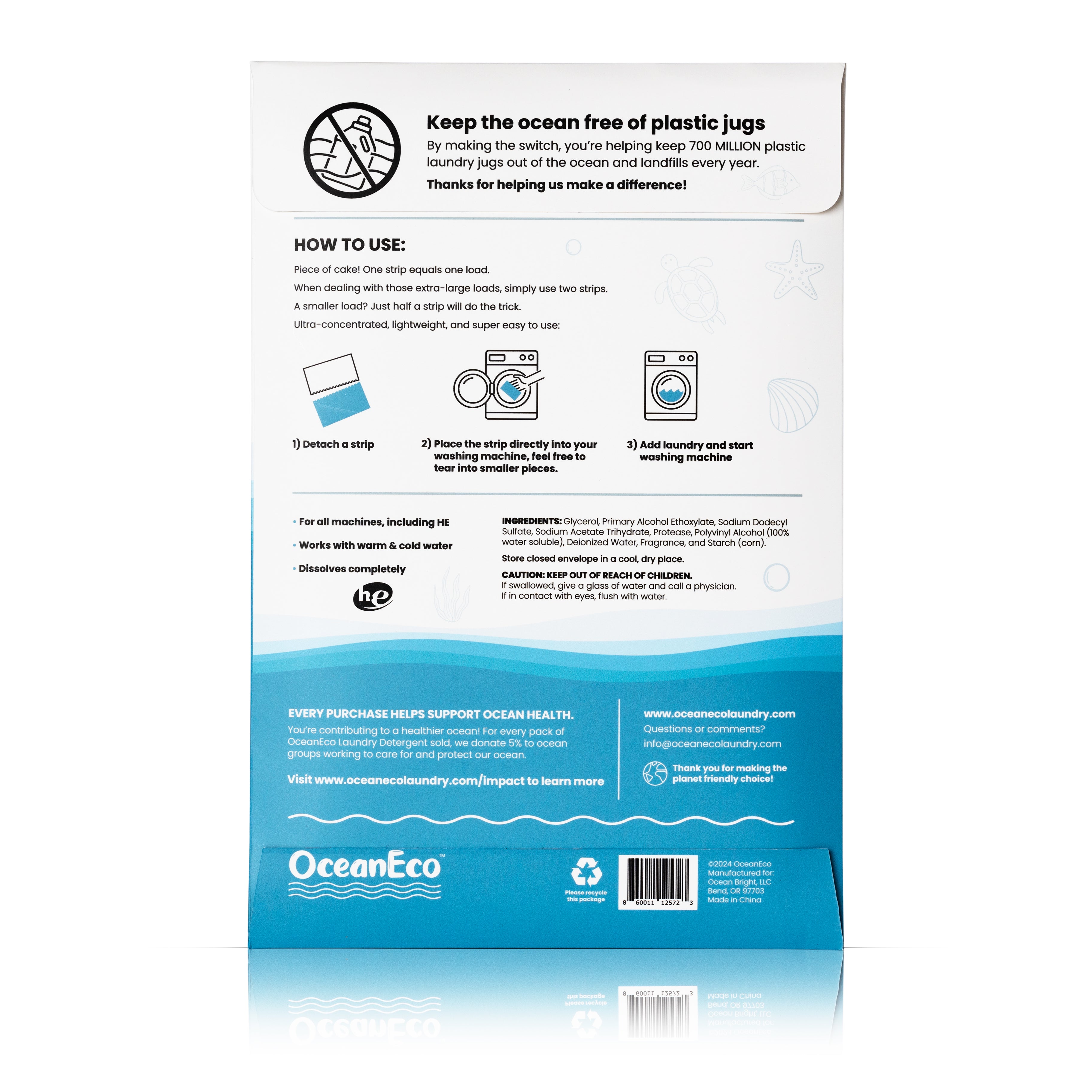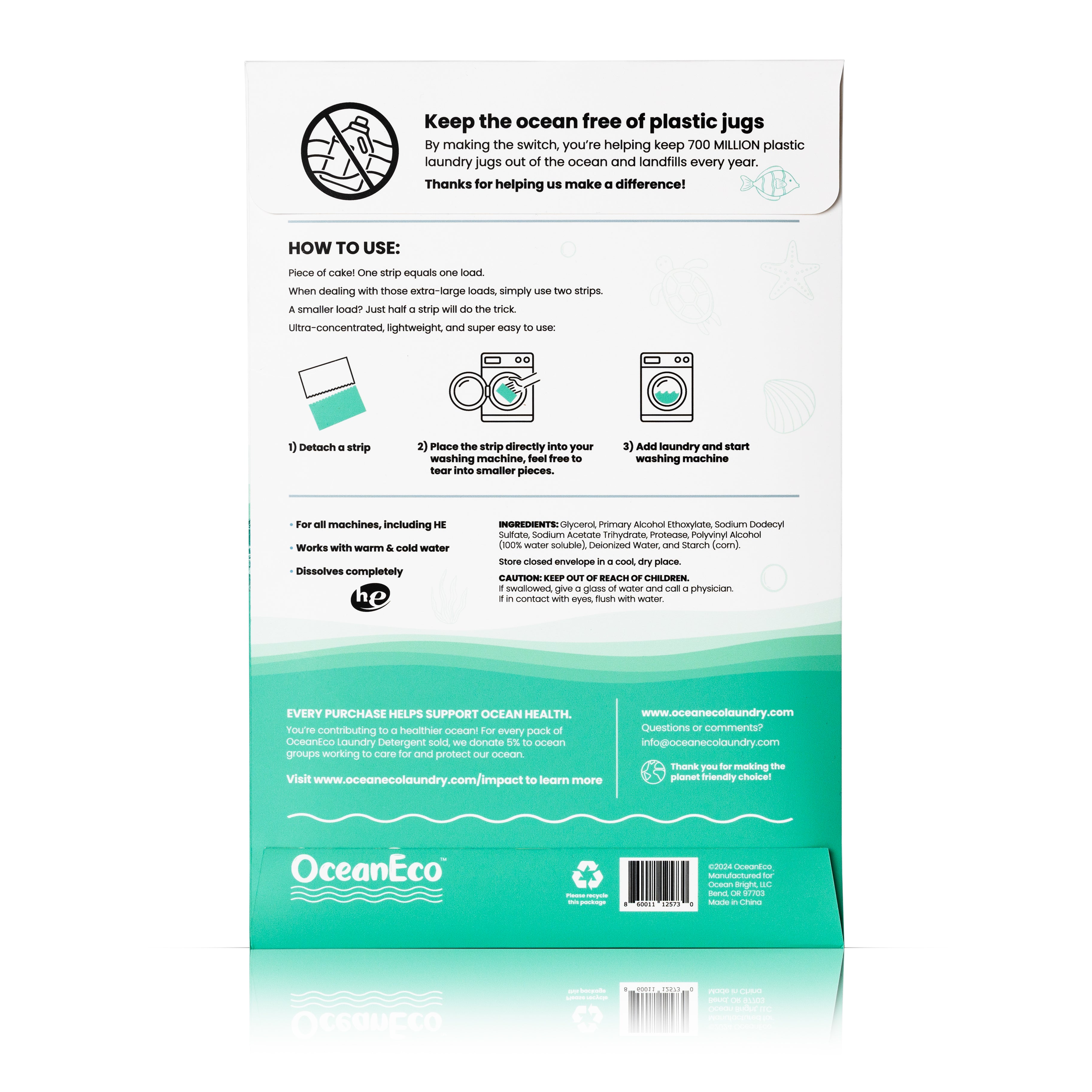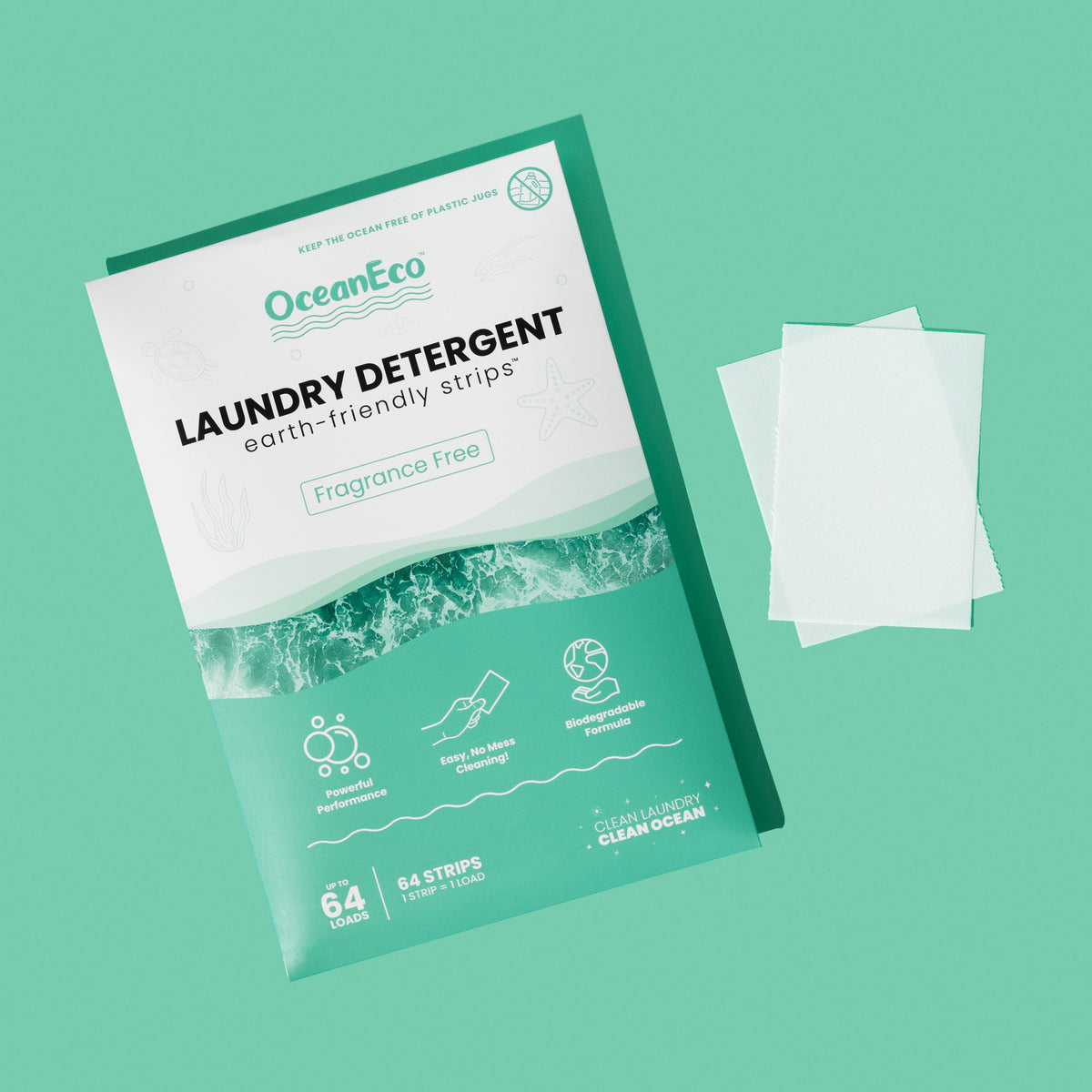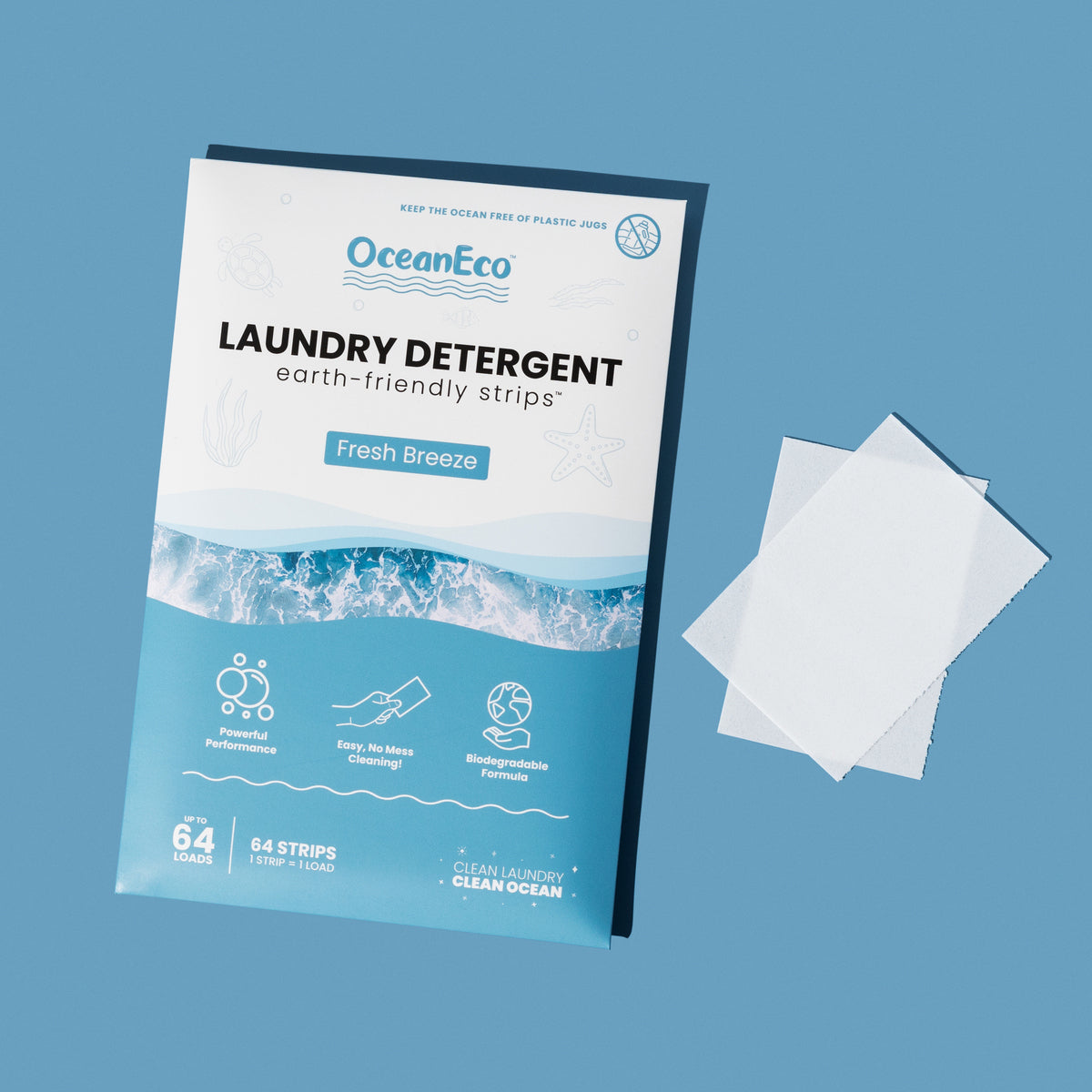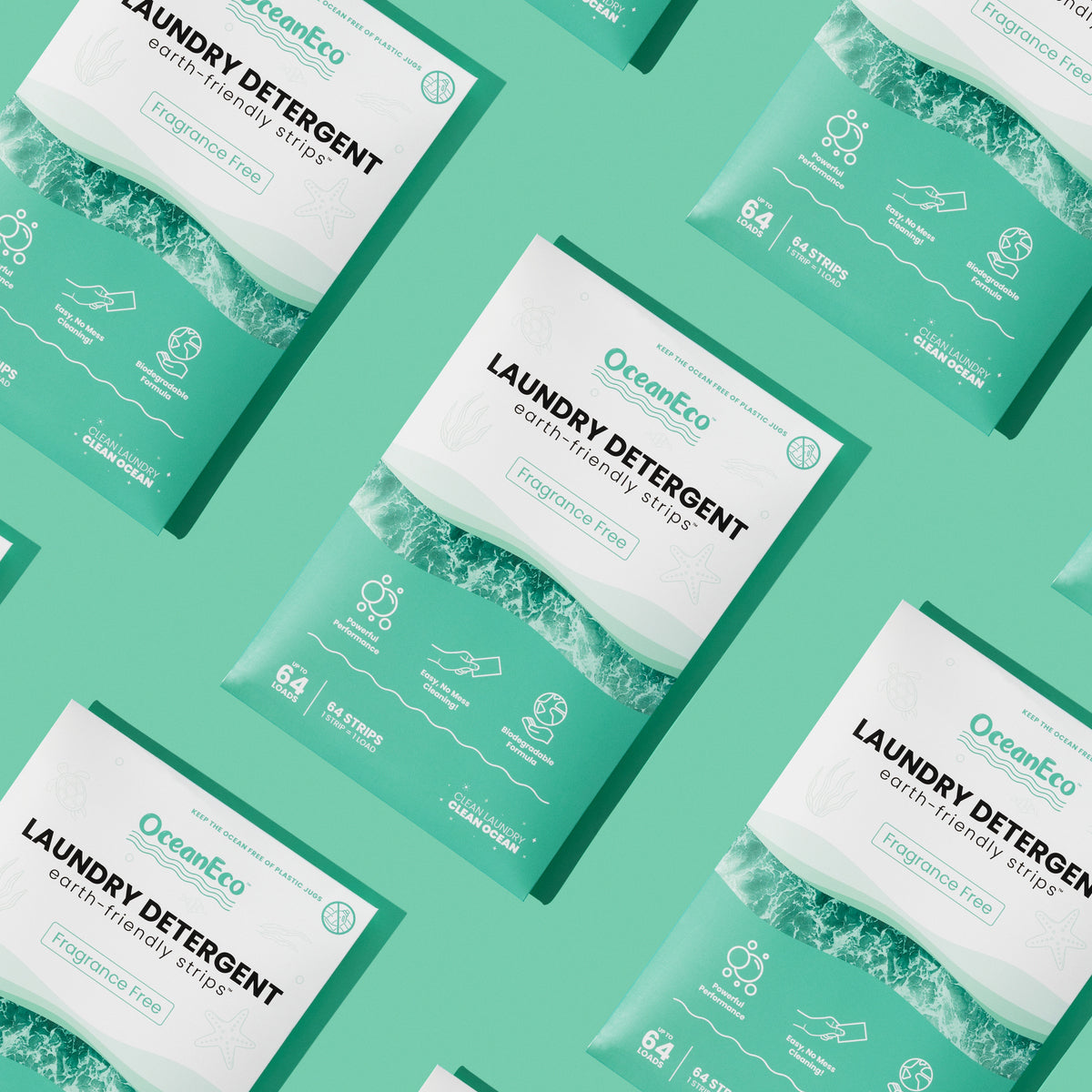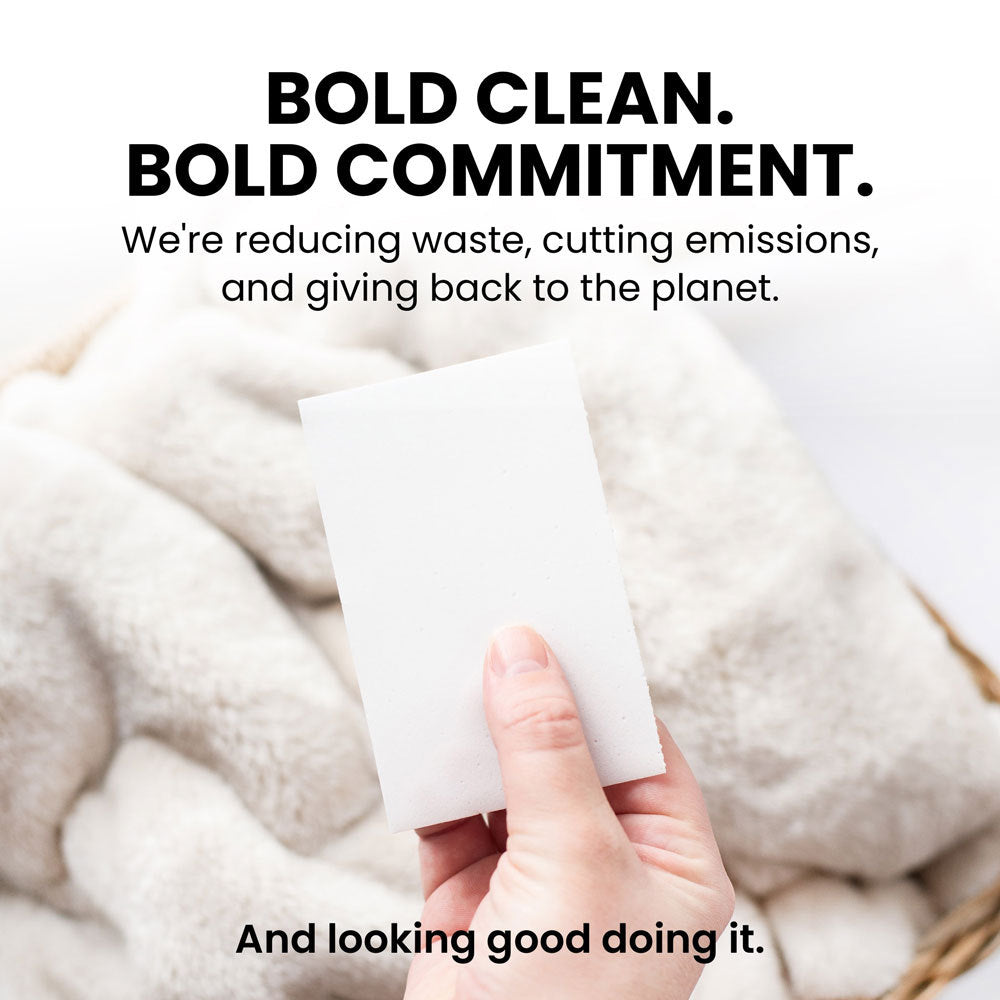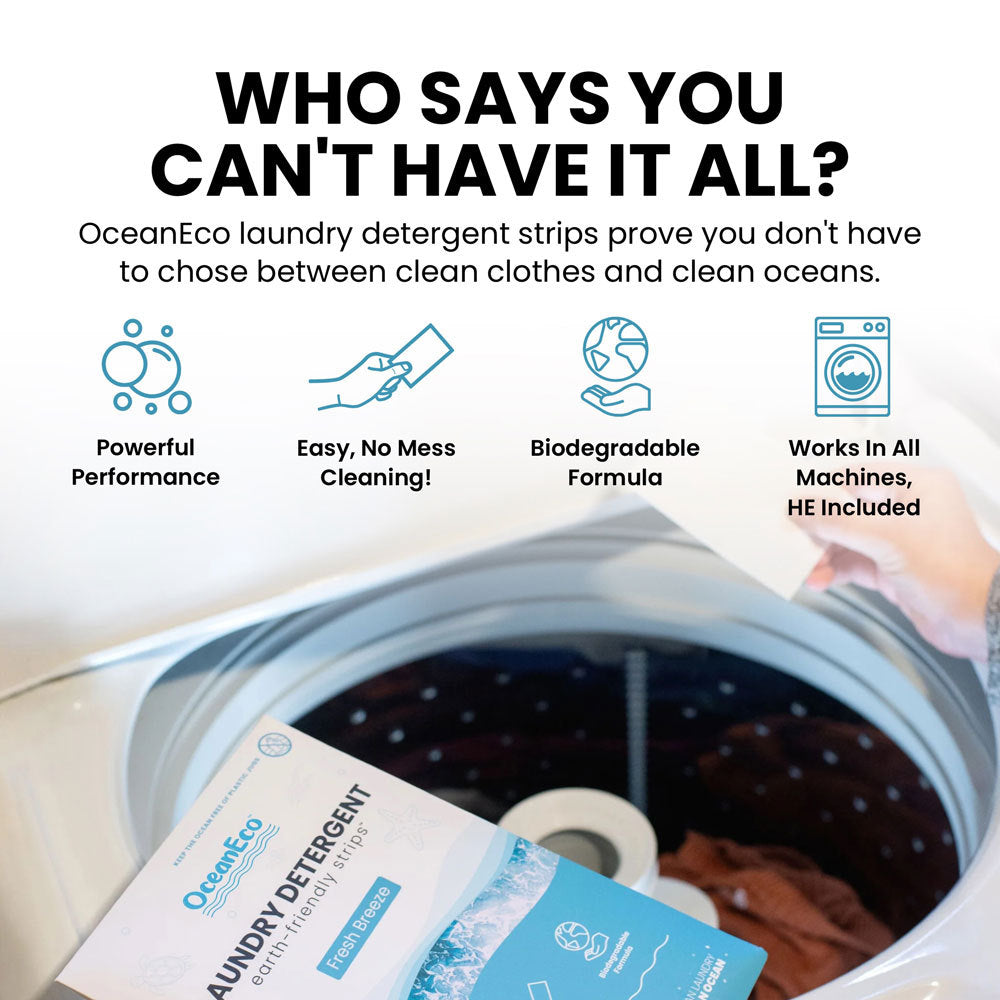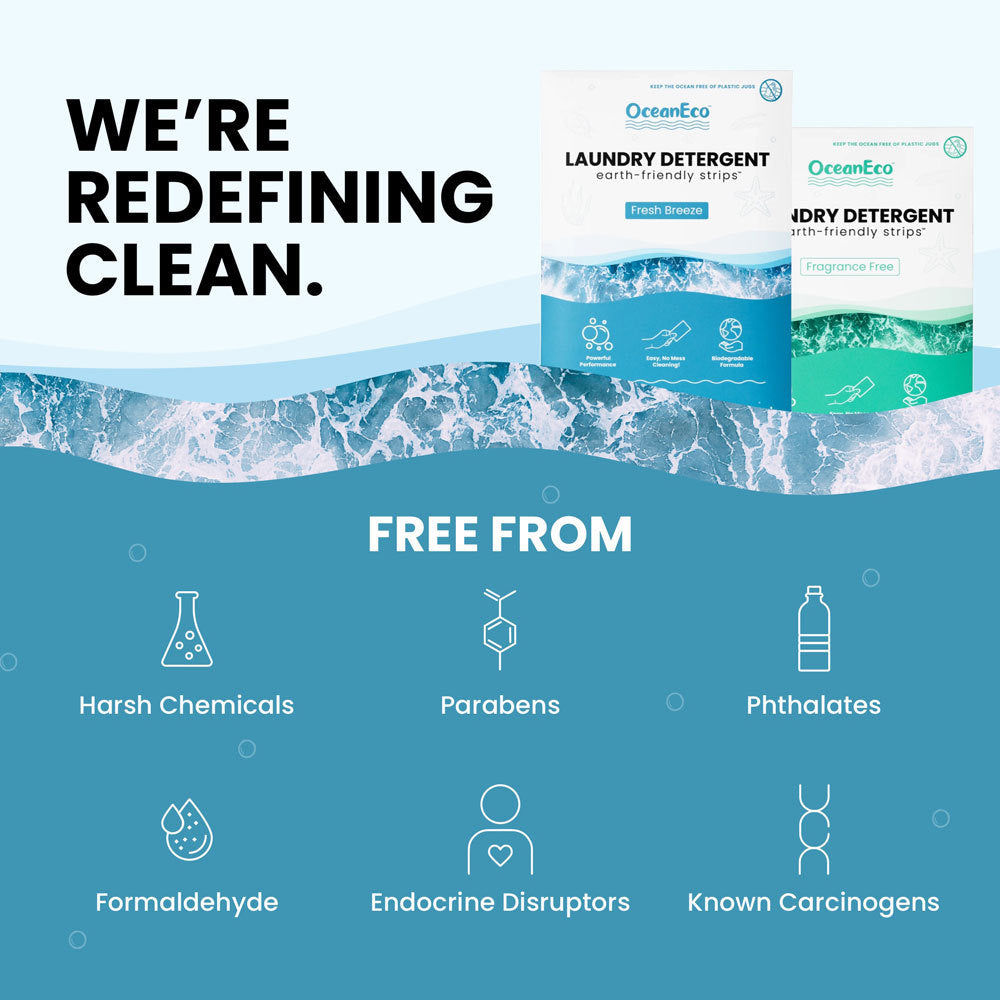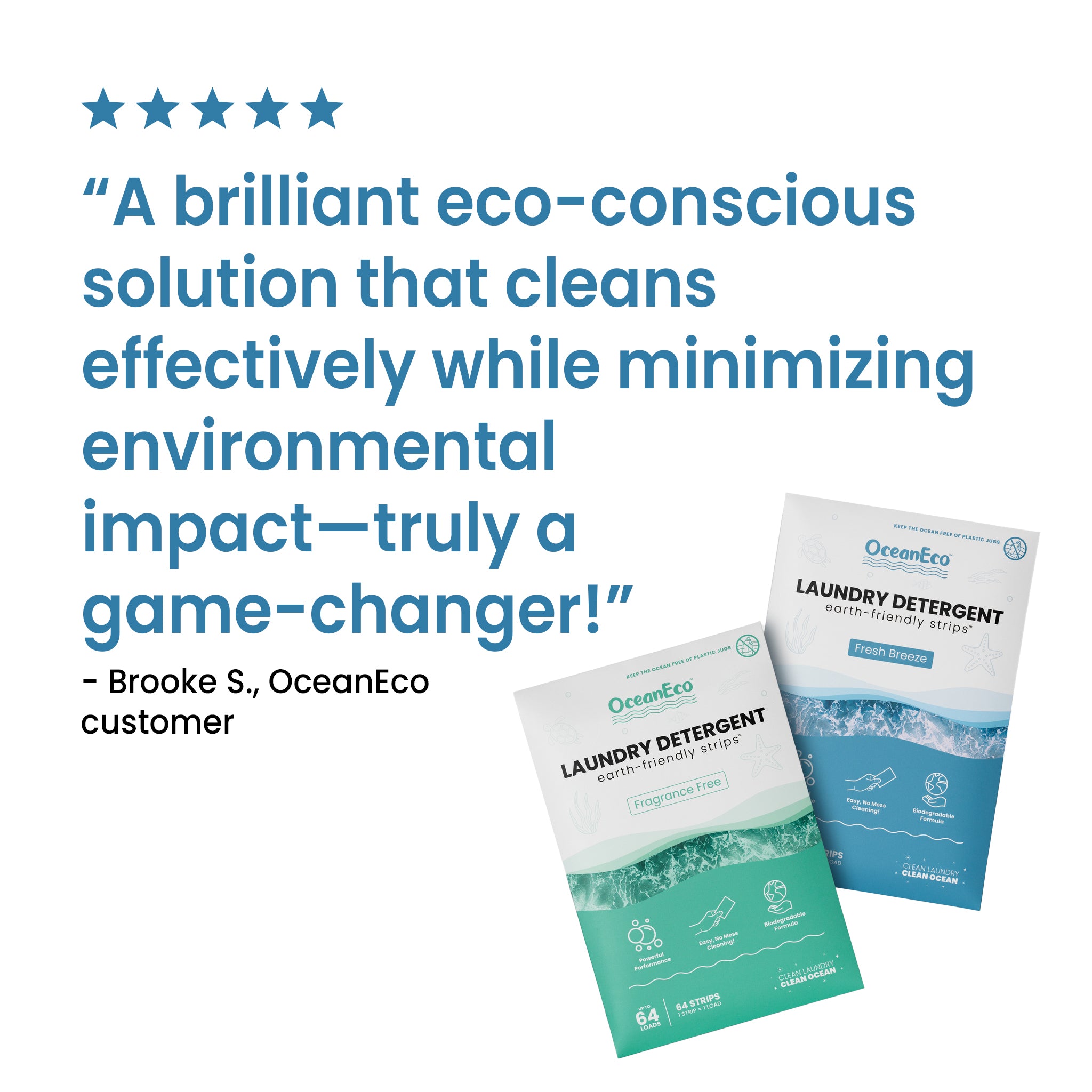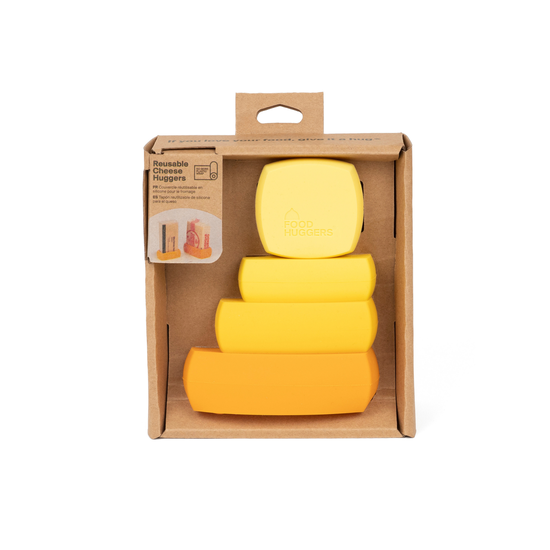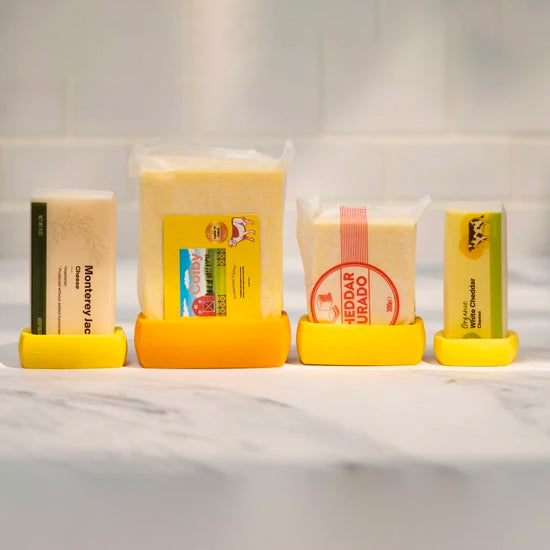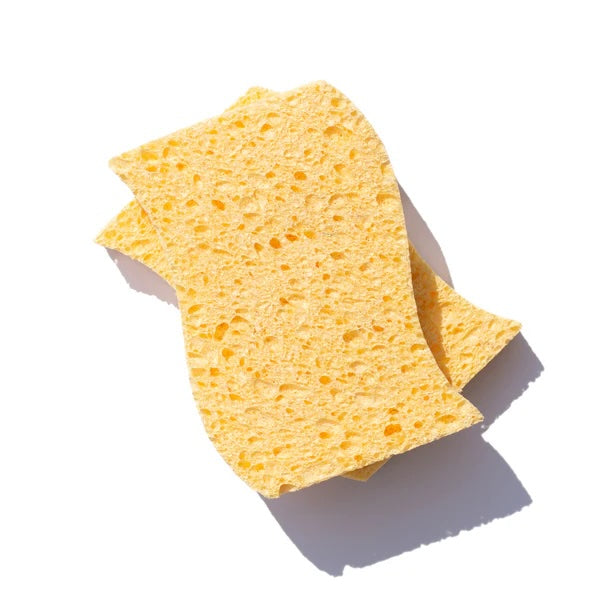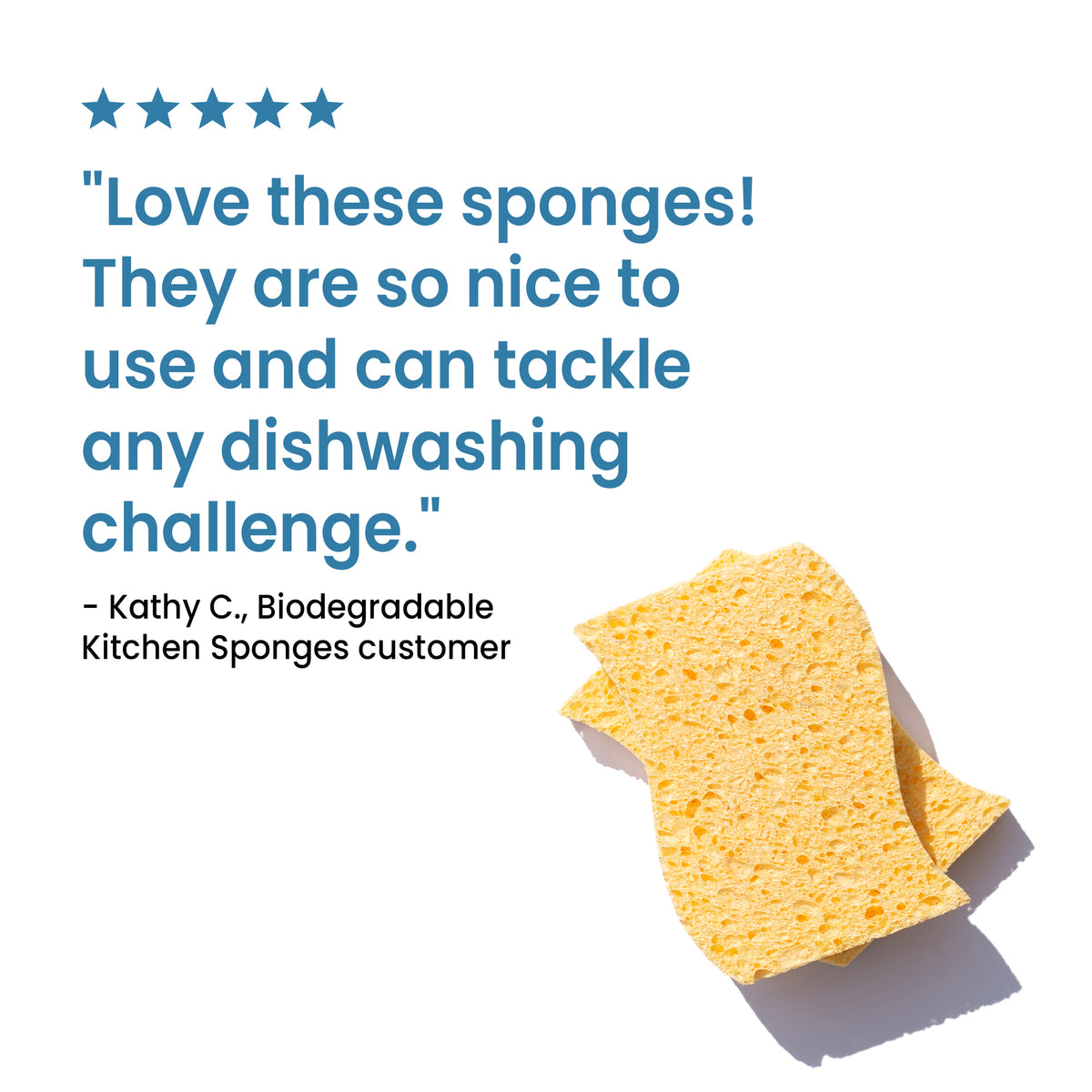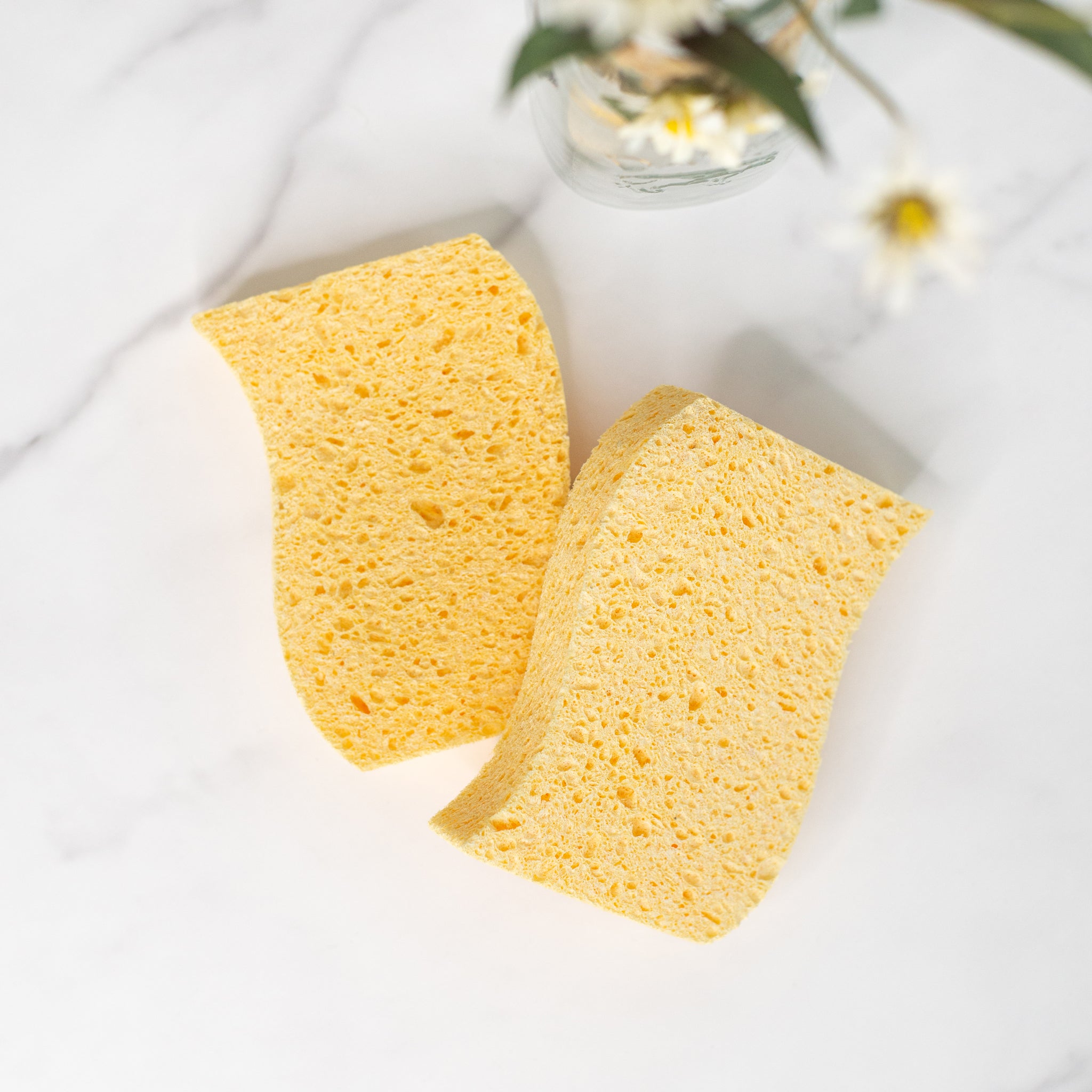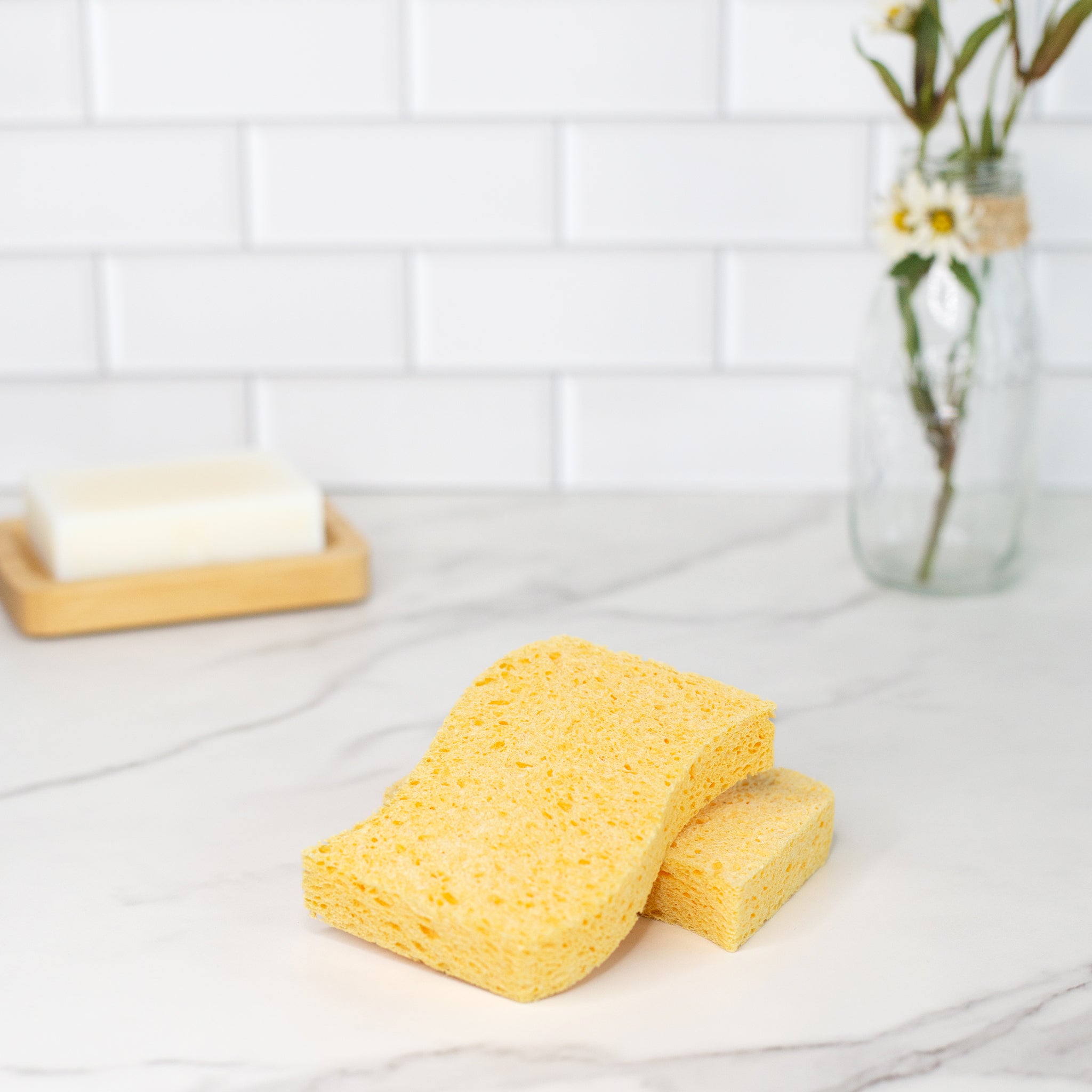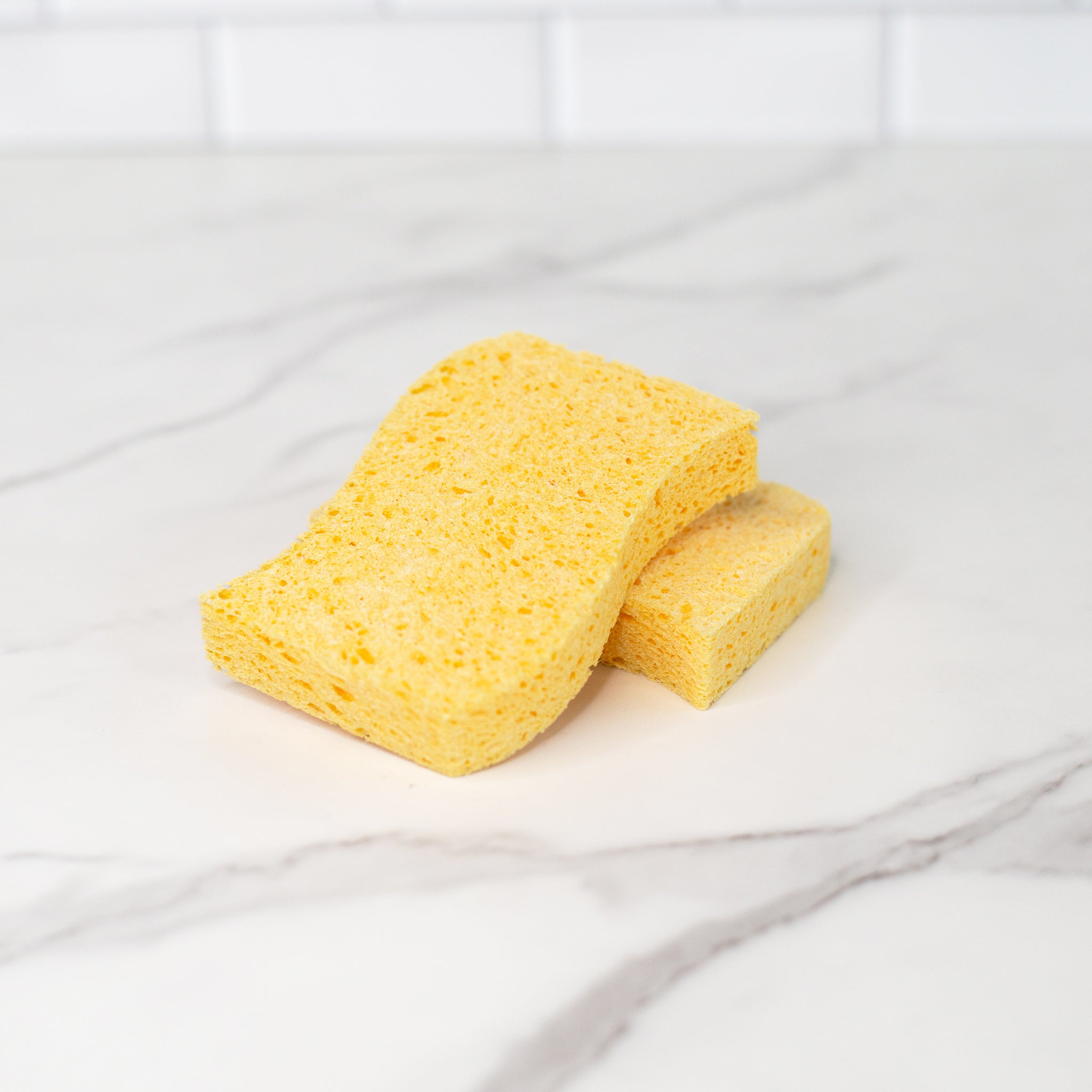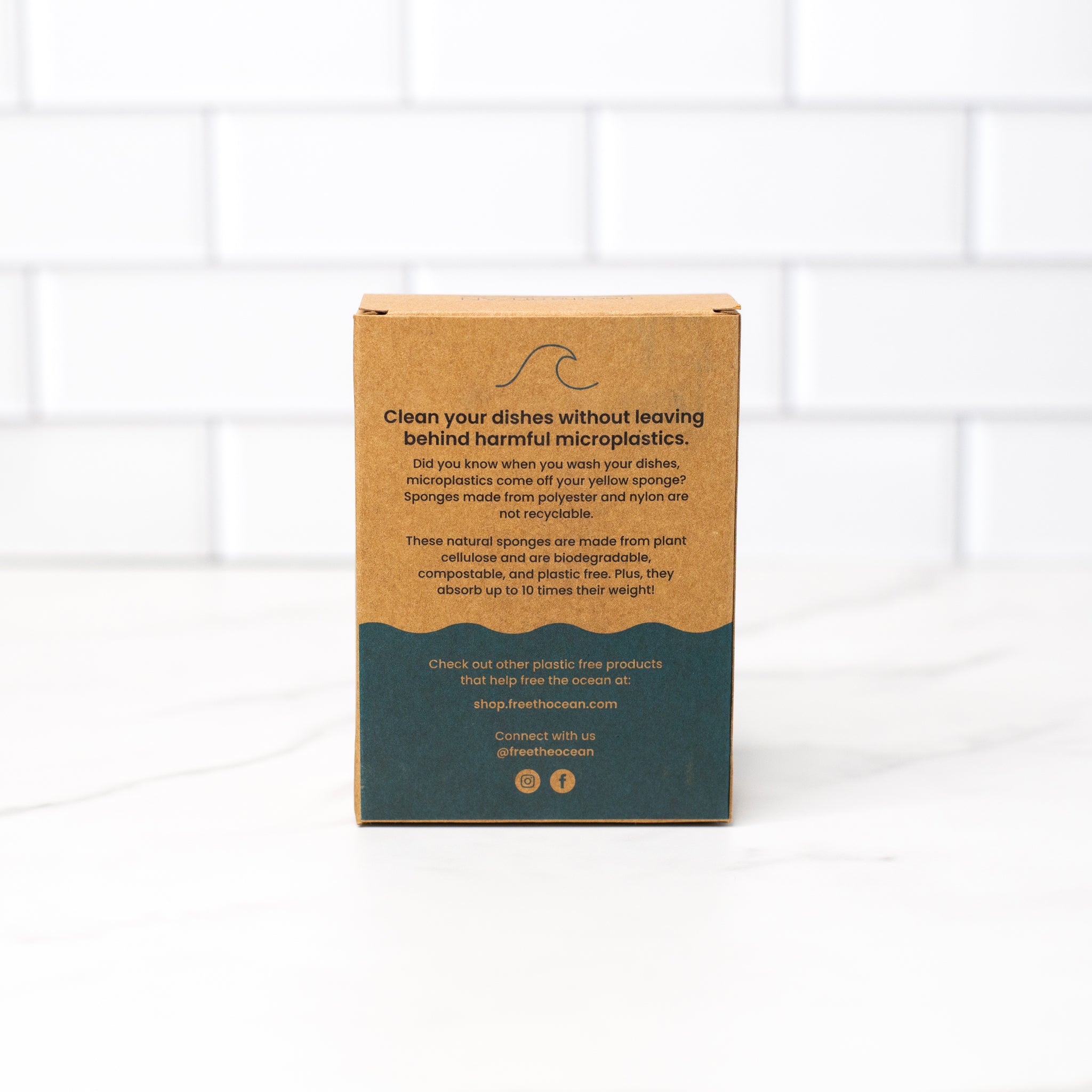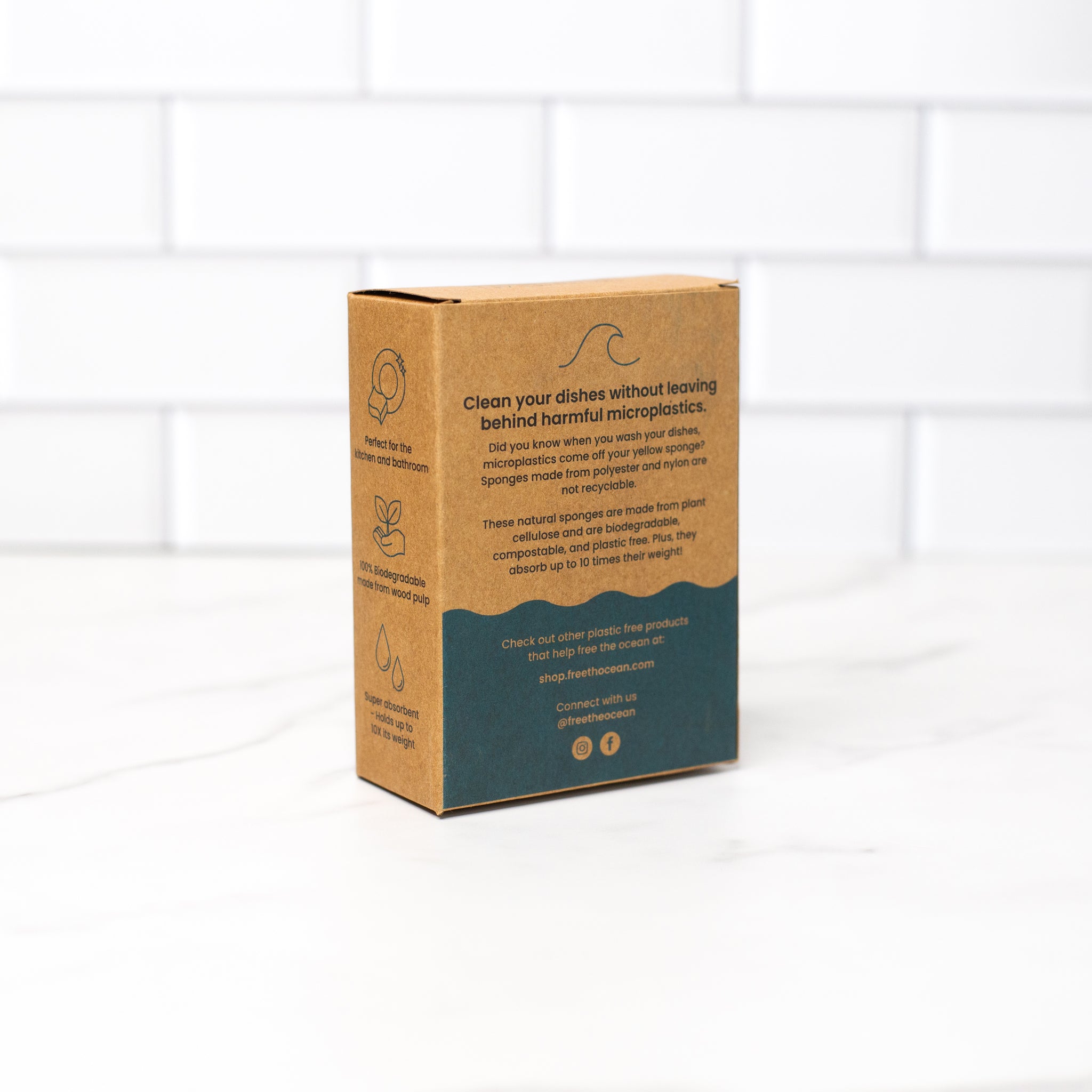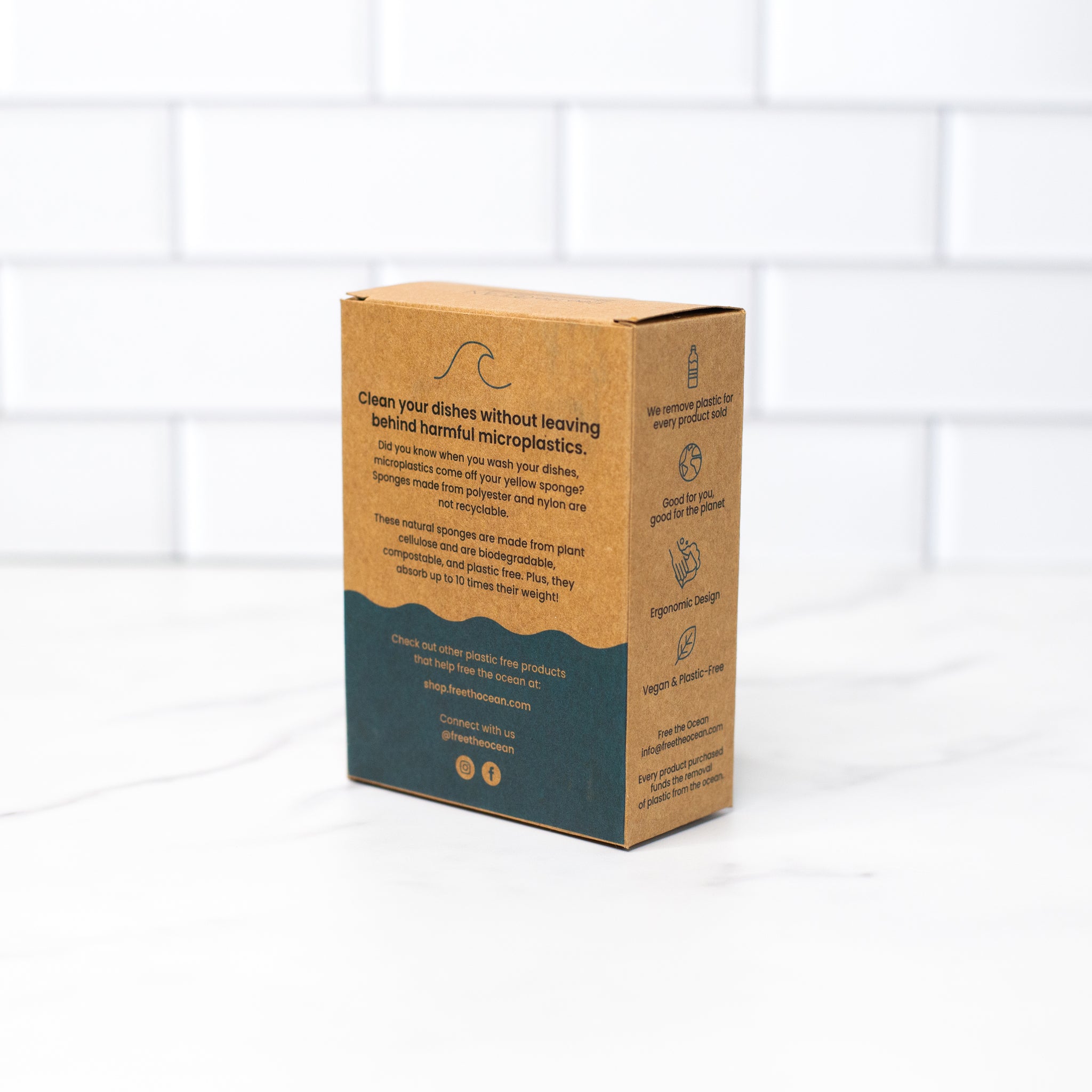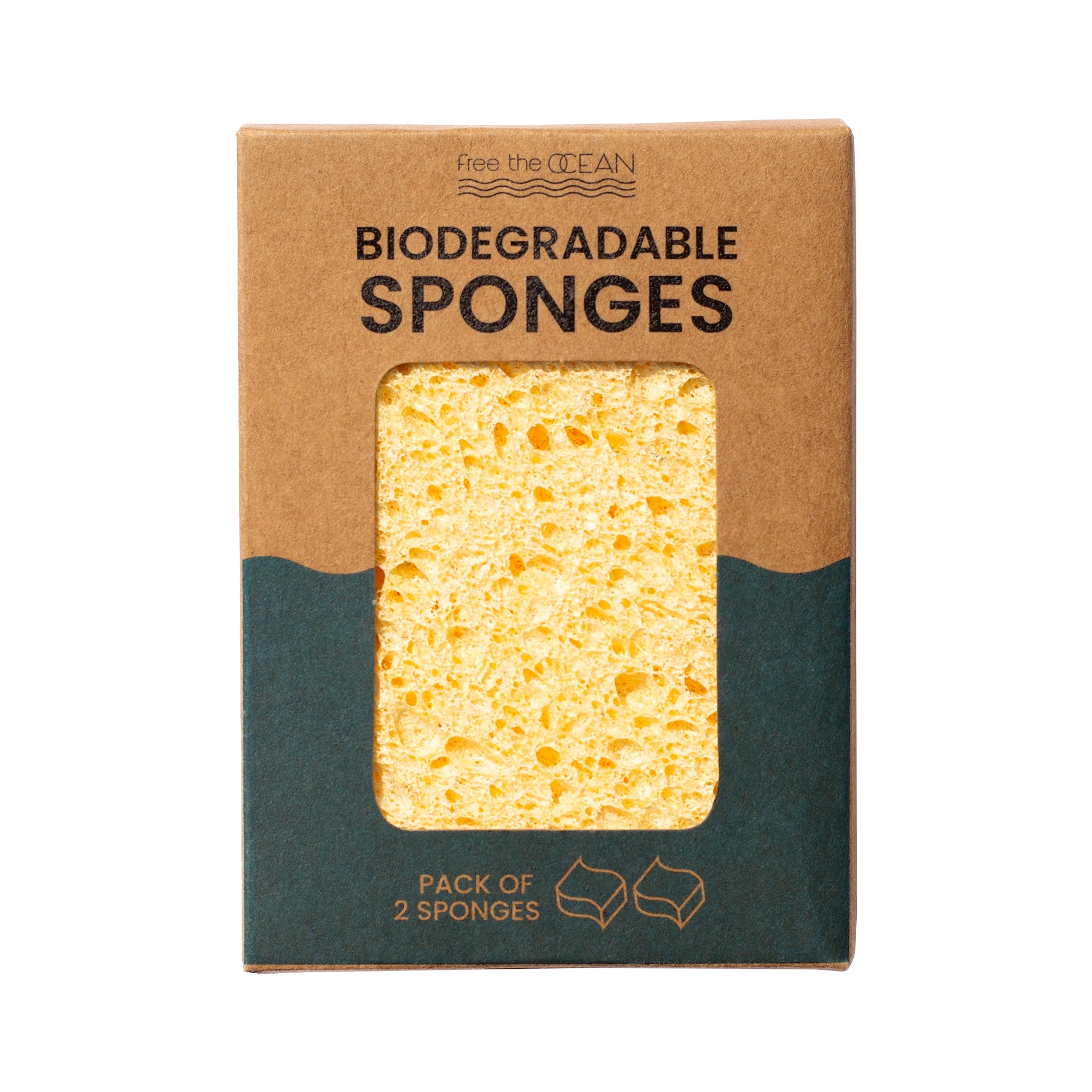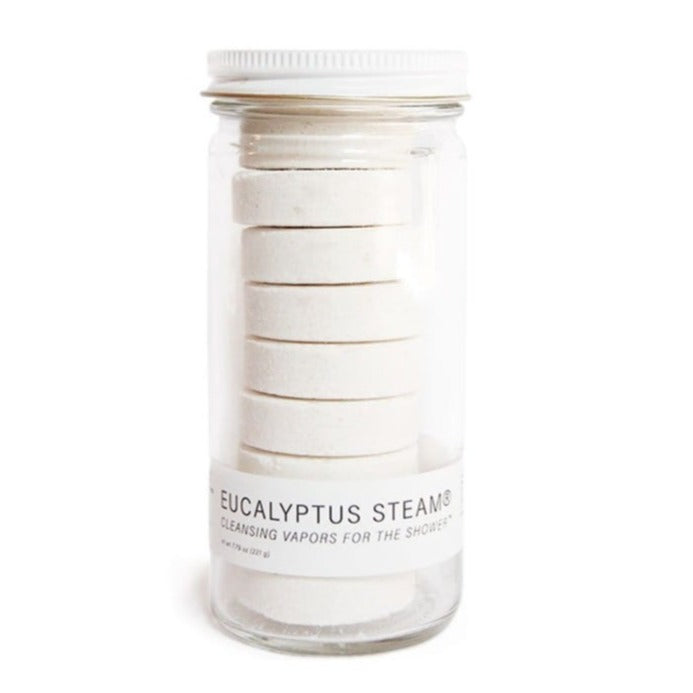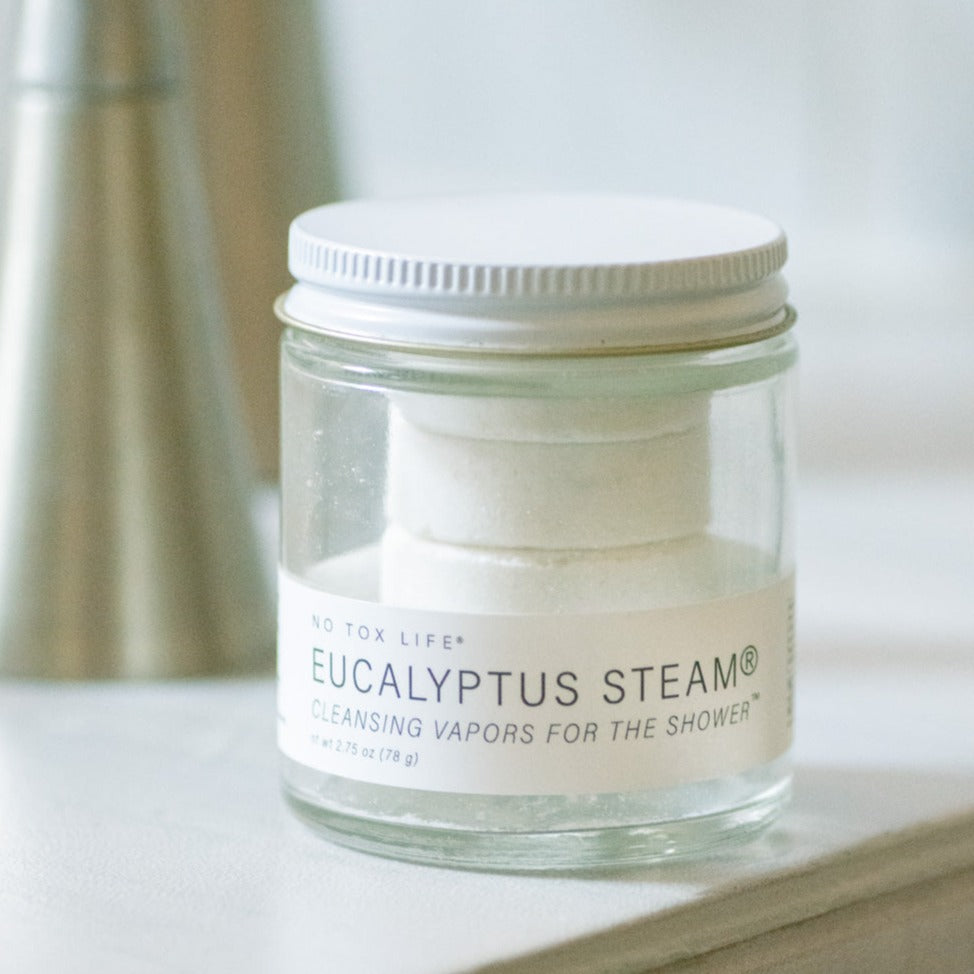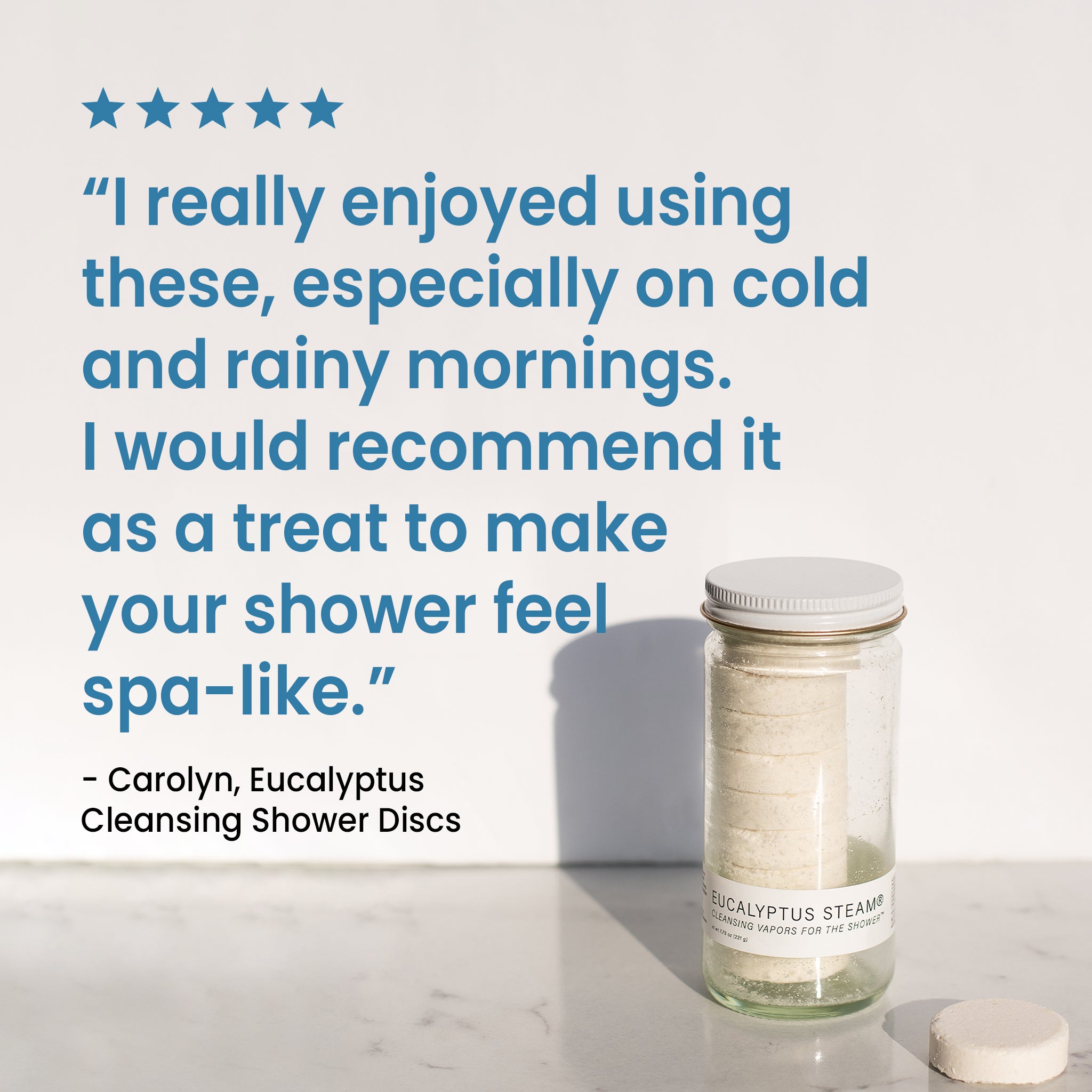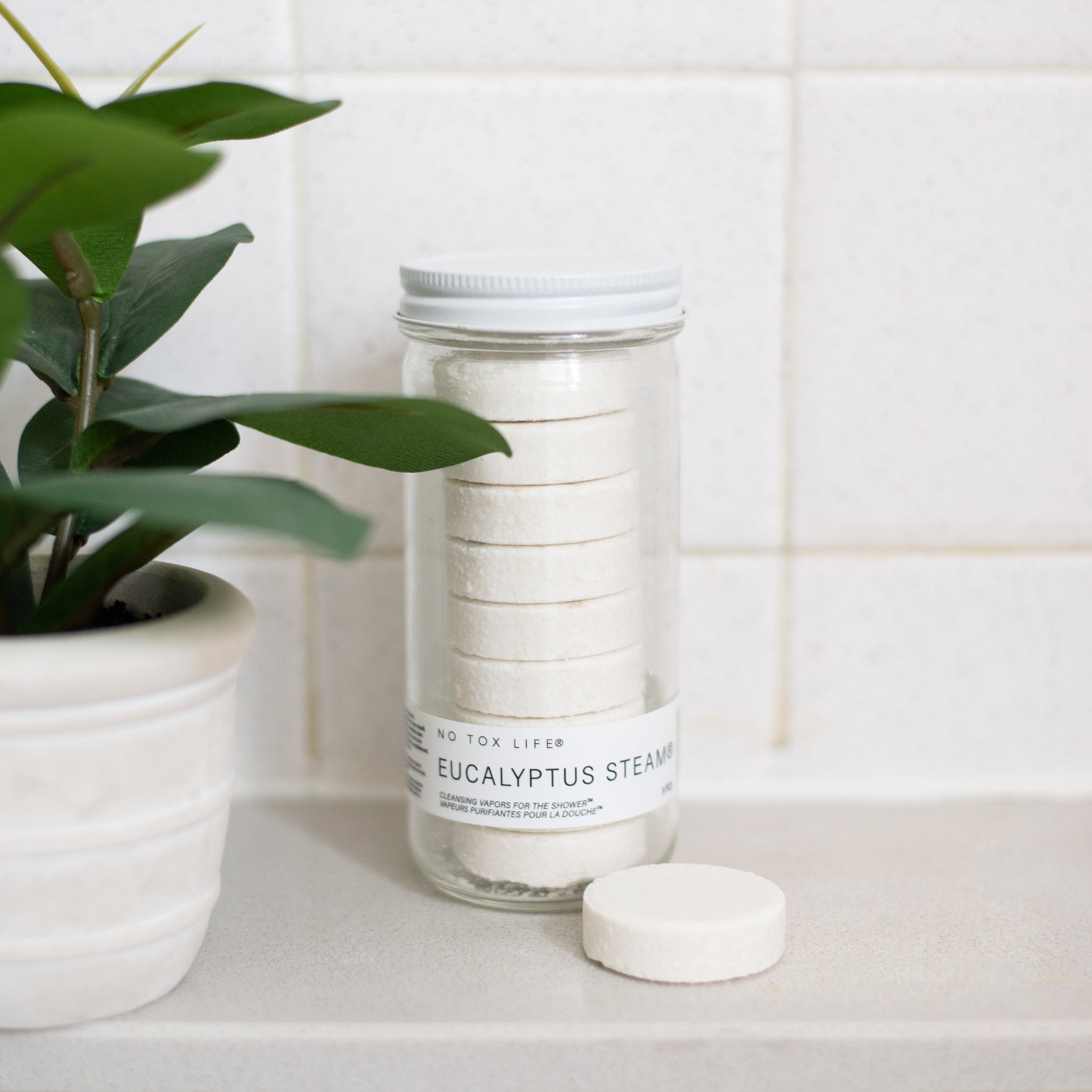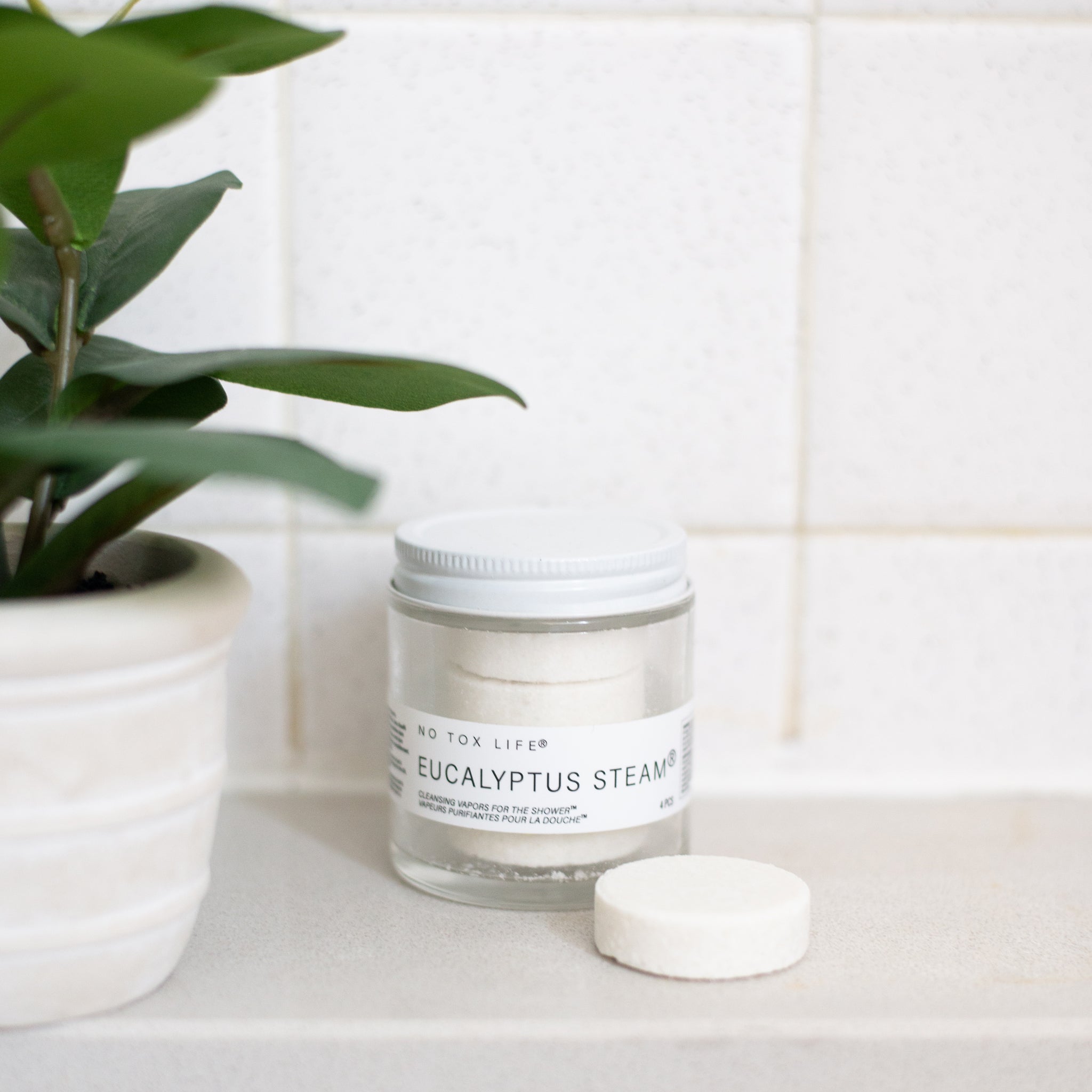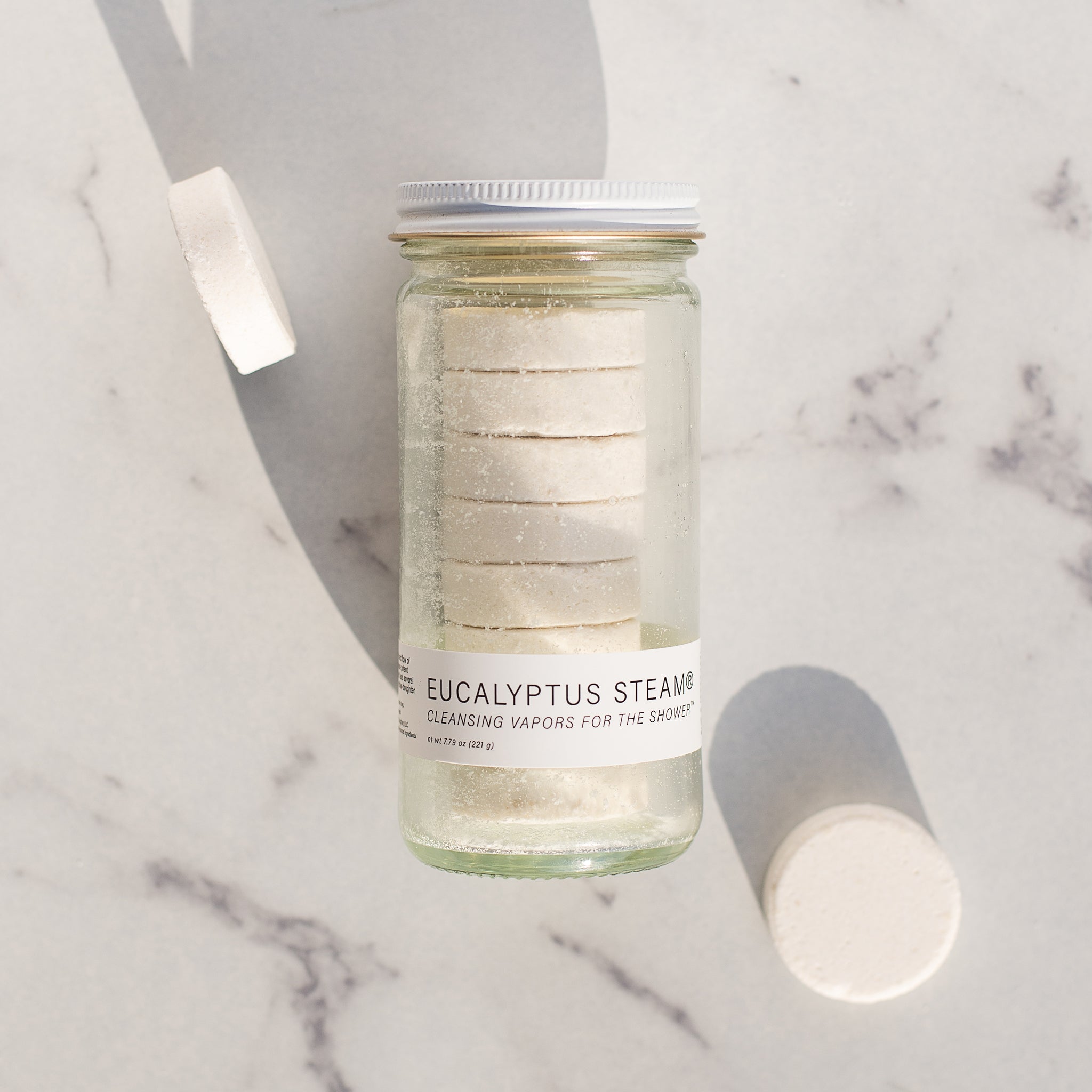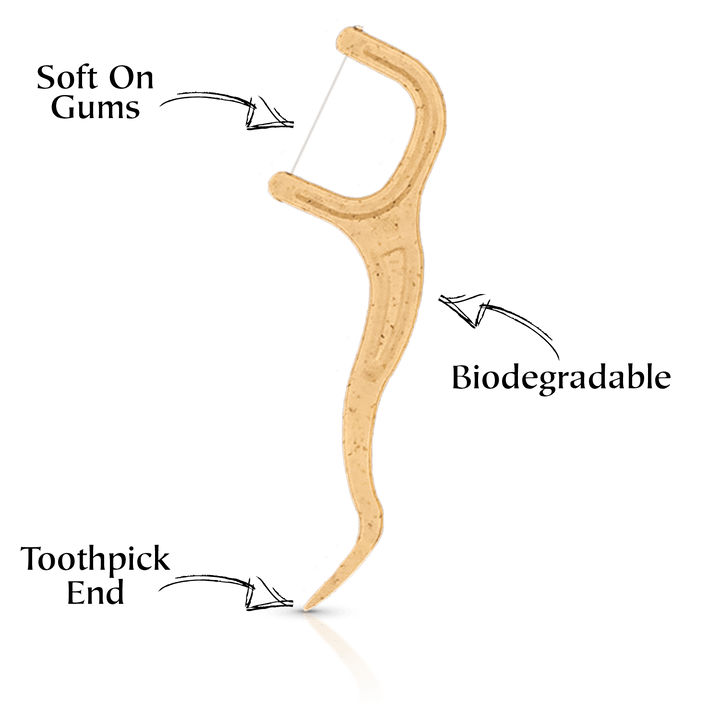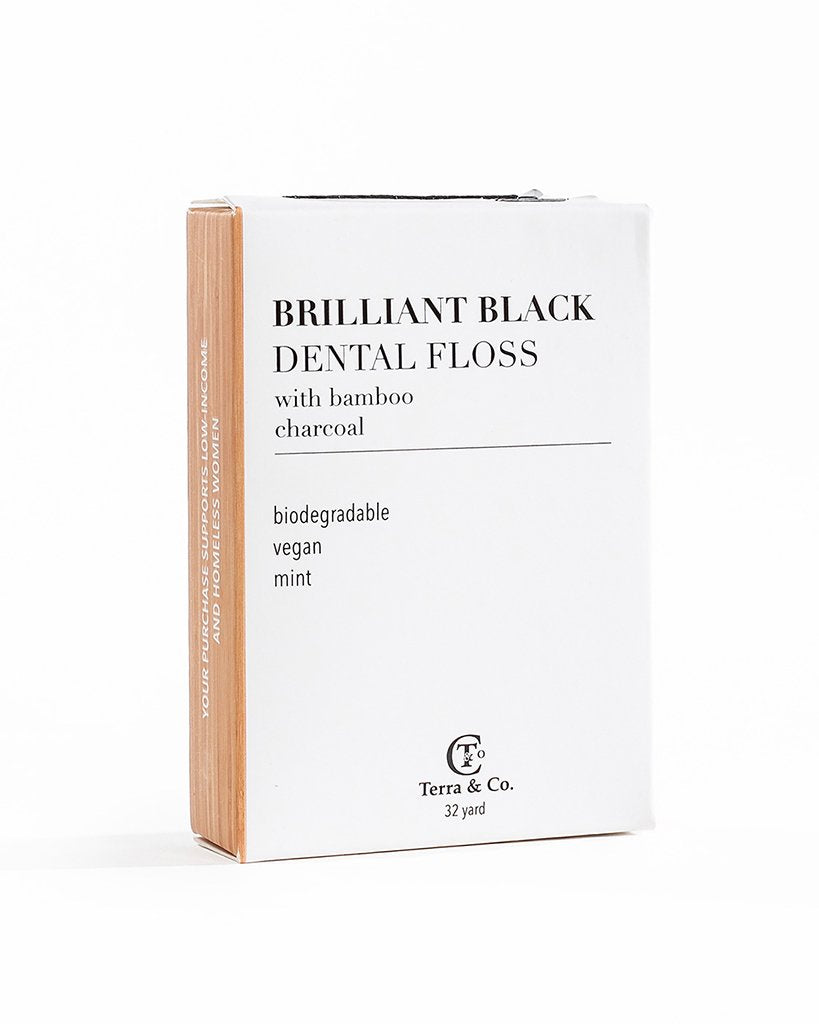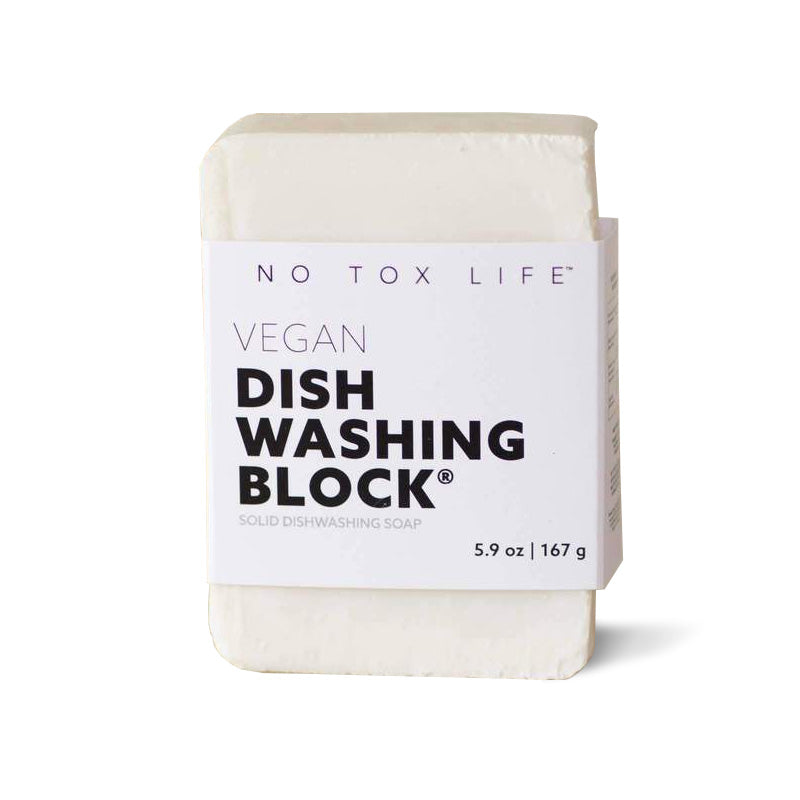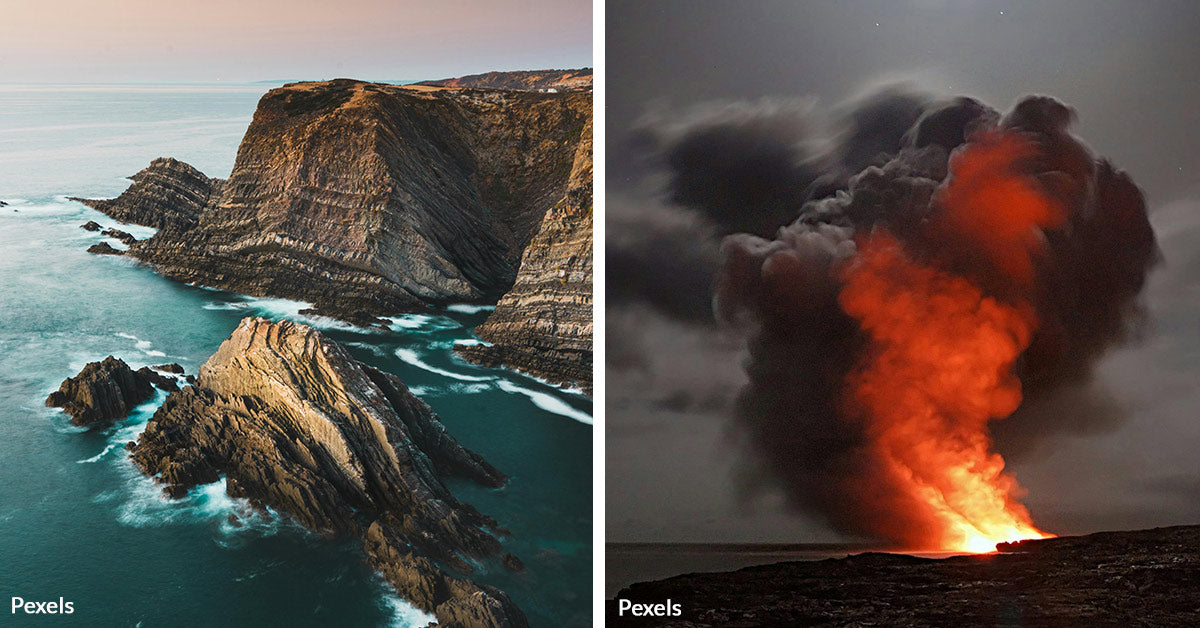What is the Coral Triangle? What You Must Know
Everyone has heard of the Great Barrier Reef, but have you ever heard of the Coral Triangle?
The Coral Triangle is believed to be 10 times more biodiverse than the Great Barrier Reef, and up until recently, the Coral Triangle has been one of the most successful ecosystems on the planet. But if it’s so important, why haven’t we heard of it and what exactly is it?
Let’s dive in and explore everything you should know about the Coral Triangle.
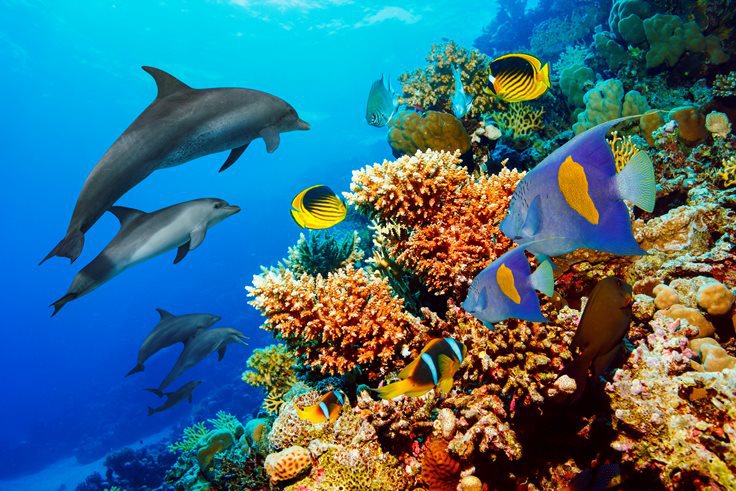
Where and what is the Coral Triangle?
The Coral Triangle is located in the western Pacific Ocean and forms a triangle shape that covers 6 million square kilometers around Malaysia, the Philippines, Indonesia, the Solomon Islands, Papua New Guinea, and Timor Leste. The area includes 30% of the world’s reefs.
This zone is home to over 76% of all known species of reef-building corals, 6 out of 7 existing turtle species, numerous mammals such as the blue whale and dolphins, and over 37% of the world’s coral reef fish species.
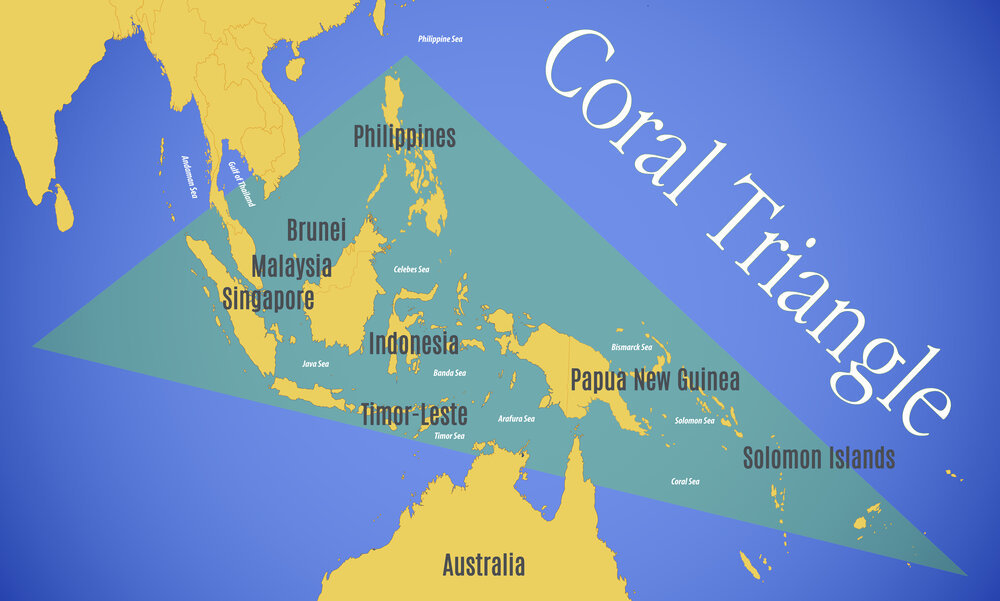
Why is the Coral Triangle so important?
The Coral Triangle hosts the largest coral diversity in the world but it’s not just relied upon by marine animals. The Coral Triangle also sustains and helps millions of people’s lives by providing commercially valuable tuna and protection from typhoons and tsunamis because reefs are a natural buffer that slows incoming water toward the shoreline.
The Coral Triangle is also of vital importance because of its extensive biodiversity – scientists have been studying the Coral Triangle for decades and will continue to because they’re trying to understand what made it so biodiverse and why so much marine life thrives in the Triangle, so they can use that information to protect other reefs around the world.
Scientists believe that some of the Coral Triangle’s success comes because the reefs are in murkier waters than other reefs around the world, and they now believe that muddy-water and clear-water coral species may be able to survive in each other’s habitats. In short, the sturdier corals from muddy environments may be able to re-propagate the reefs that have suffered from coral bleaching and climate change elsewhere around the world. This inspires some hope among marine biologists, but many more studies are necessary before much action can be taken to attempt inter-reef re-propagation.
The Coral Triangle is in danger
The Coral Triangle’s health is at risk. It is in danger of overfishing and pollution, as are many of the world’s reefs and bodies of water. Climate change, increased demand for fish, coral bleaching and illegal and unsafe fishing are all contributing factors to the decline of this incredible marine ecosystem.
Coral bleaching is a serious issue that causes coral to turn white when the beneficial algae living in its tissue is expelled over time. Coral plays such an important role in the reef’s ecosystem, so its health and well-being has a huge domino effect on the ocean’s ecosystems.
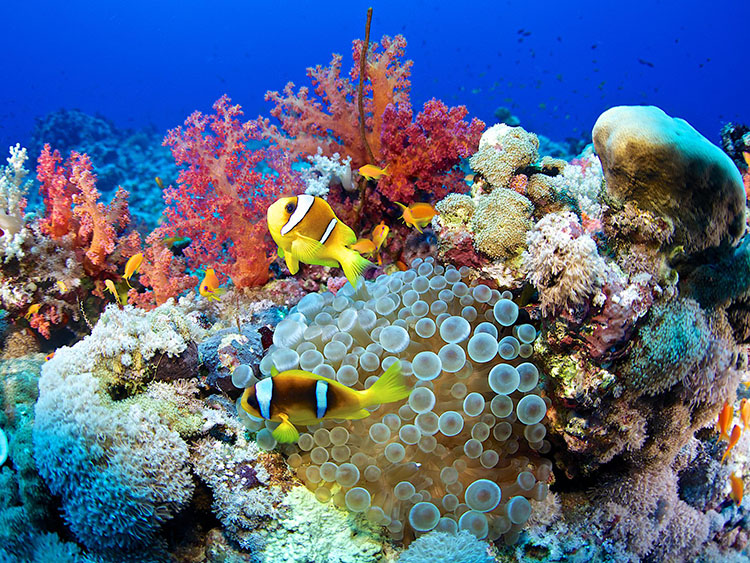
What's being done to protect the Coral Triangle?
In 2007, leaders from the six nations of Indonesia, Malaysia, Philippines, Papua New Guinea, Solomon Islands, and Timor-Leste brought in The Coral Triangle Initiative on Coral Reefs, Fisheries, and Food Security. This initiative was introduced in an attempt to sustain the remaining marine and coastal resources by dealing with issues like climate change, marine biodiversity, and food security.
This plan involved investing in climate change vulnerability assessments and working on realistic adaptation strategies for coastal communities. The Coral Triangle Initiative has also been helping coastal communities to become more resilient in the face of overfishing and climate change.
Other organizations are also doing their part; the WWF is assisting local organizations and protecting areas from all fishing. Like so many other reefs around the world, the key to protecting the Coral Triangle is to reduce the effects of climate change, support sustainable fishing practices, and educate people on our beautiful natural world – so don’t hesitate to share this article around!
